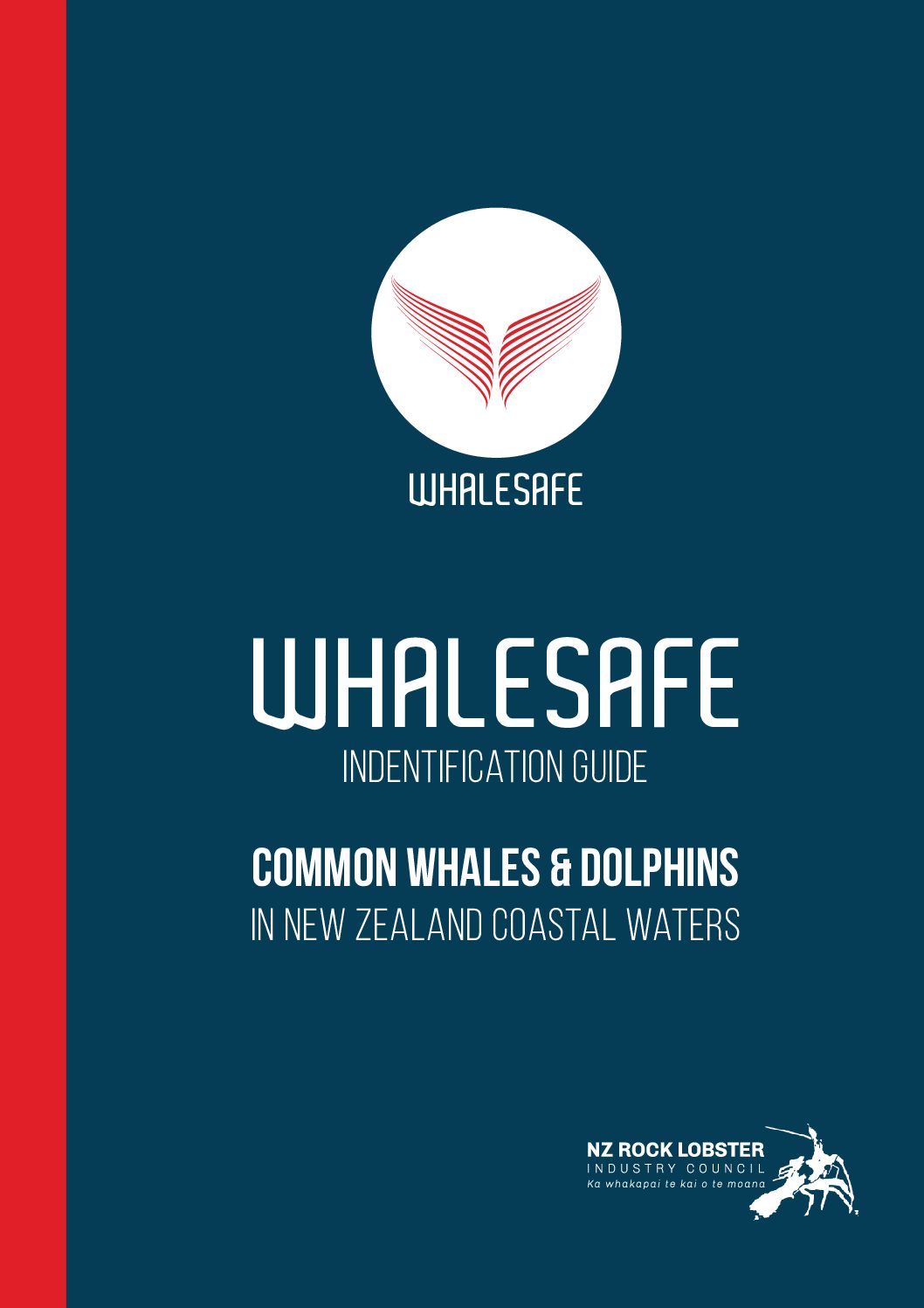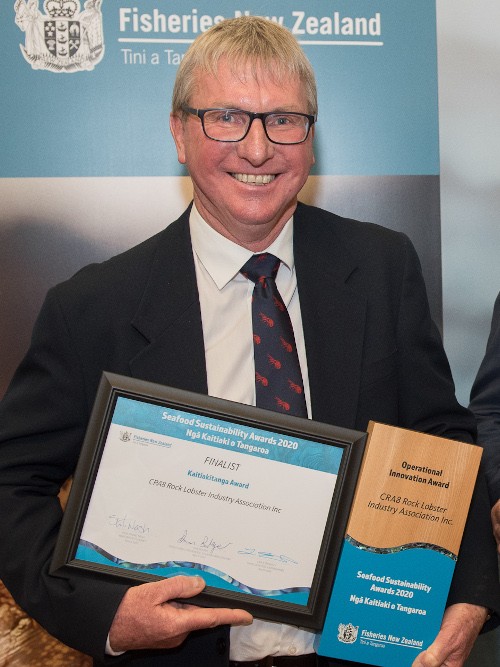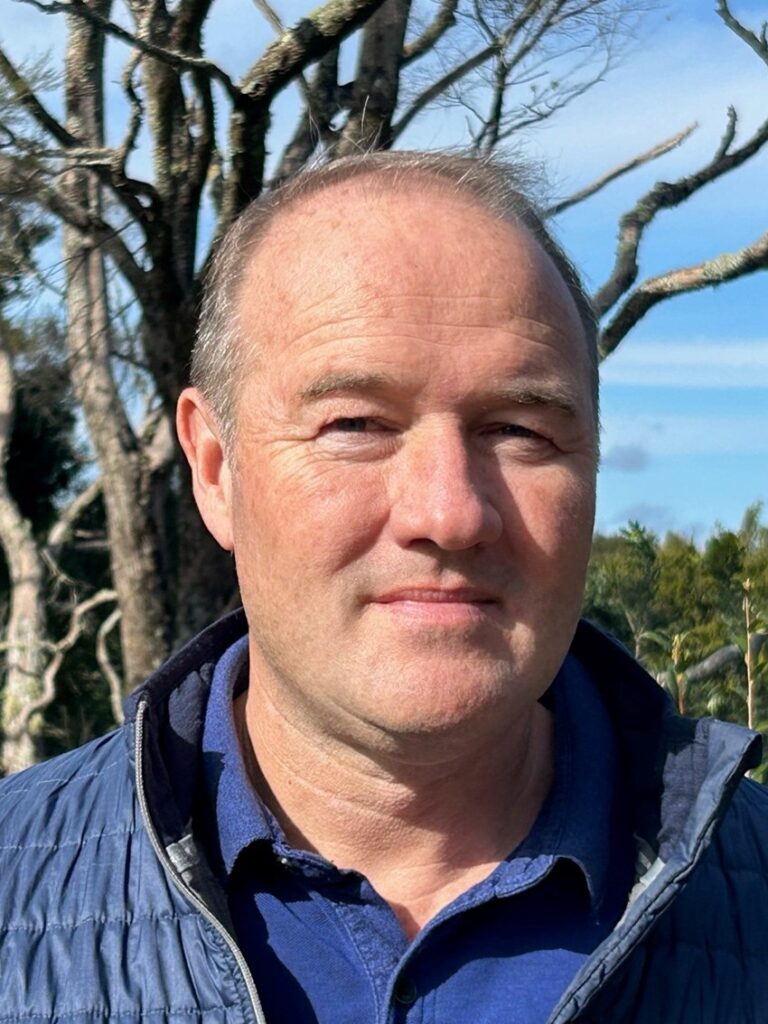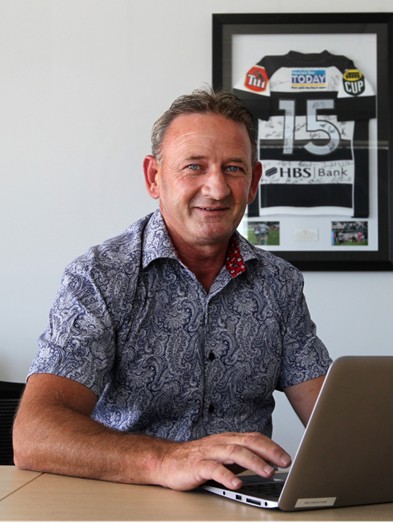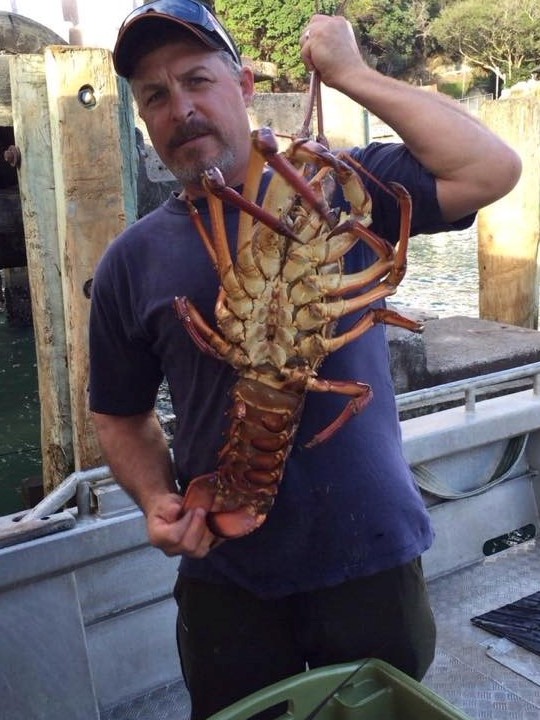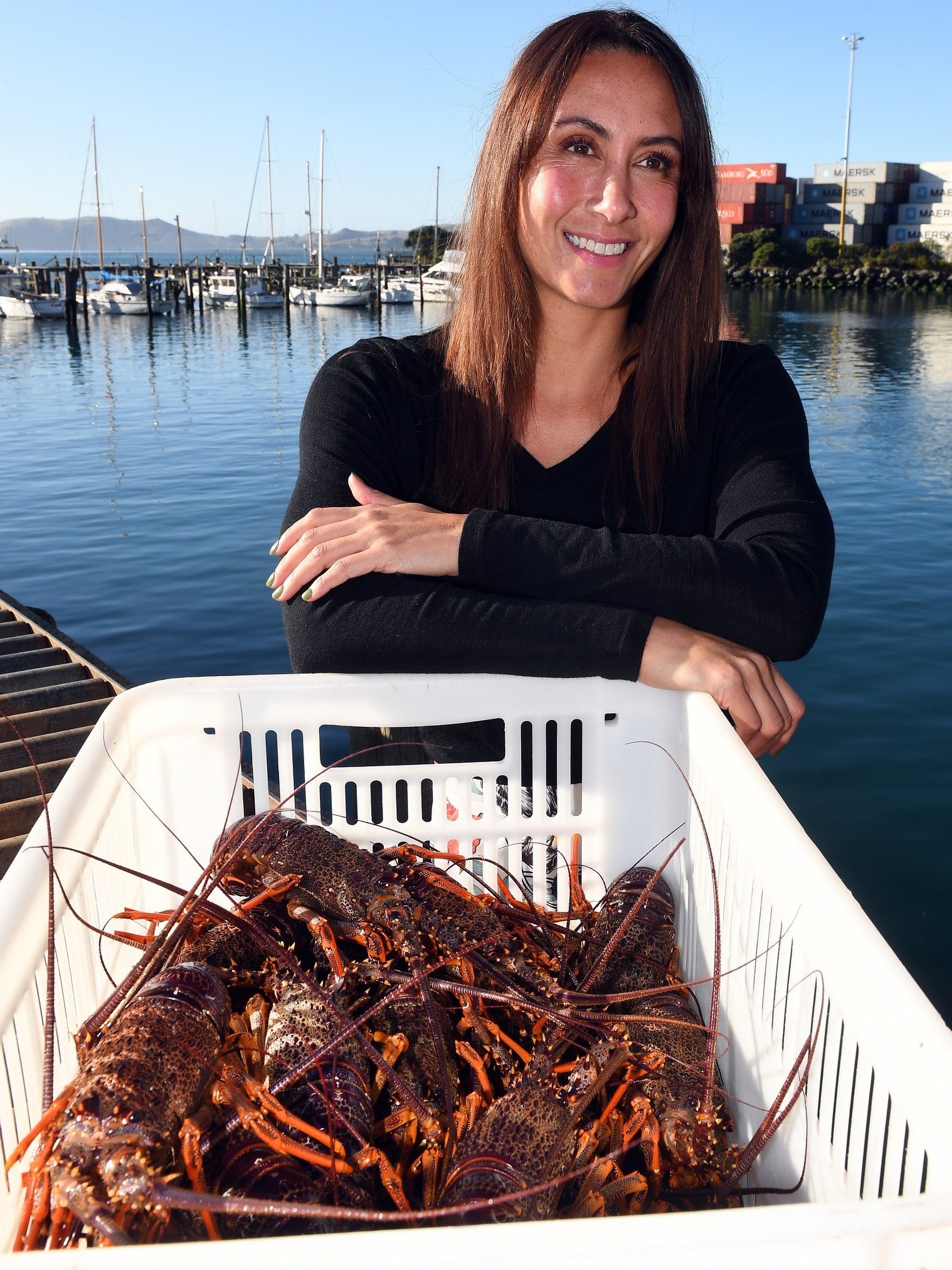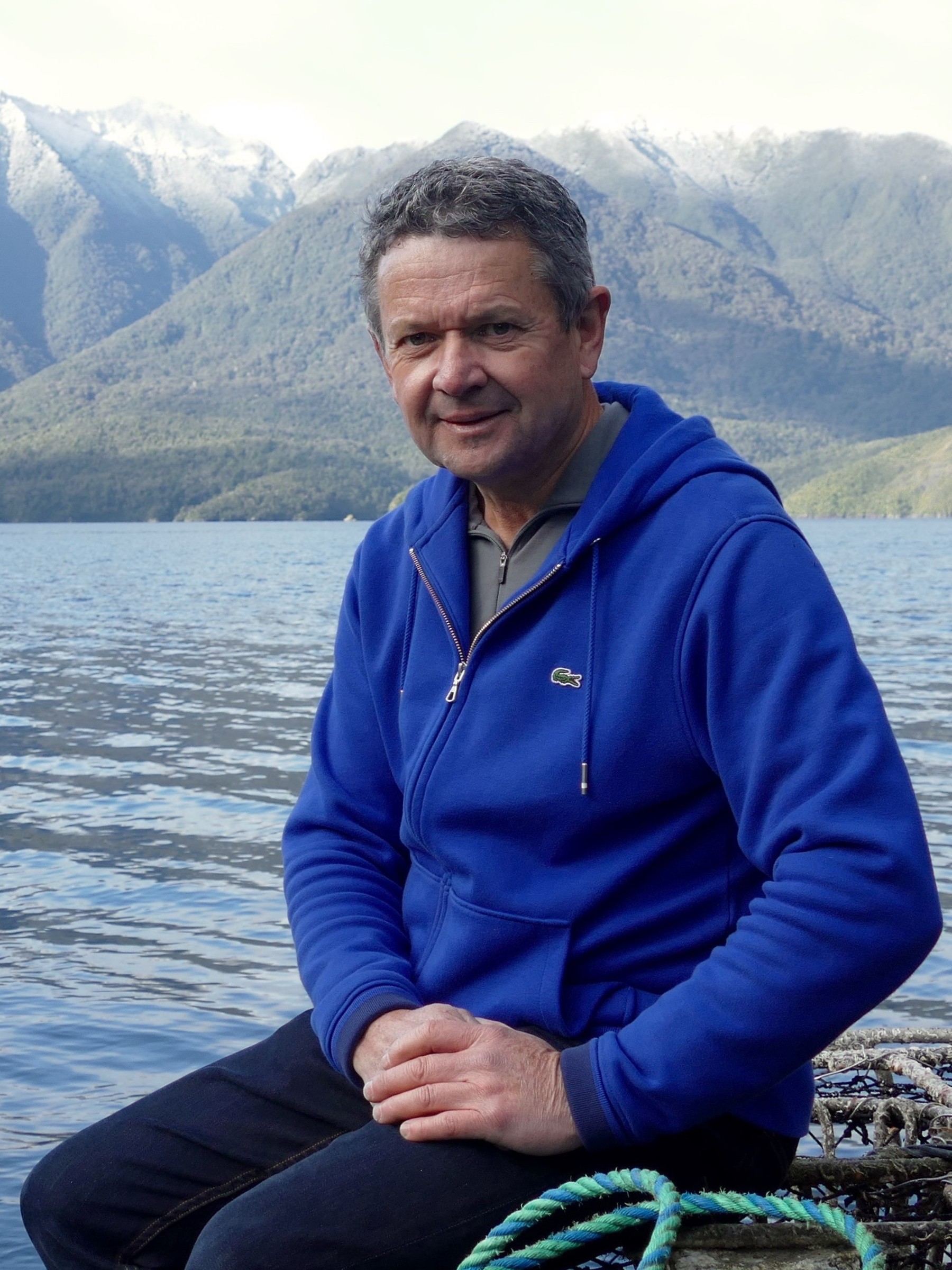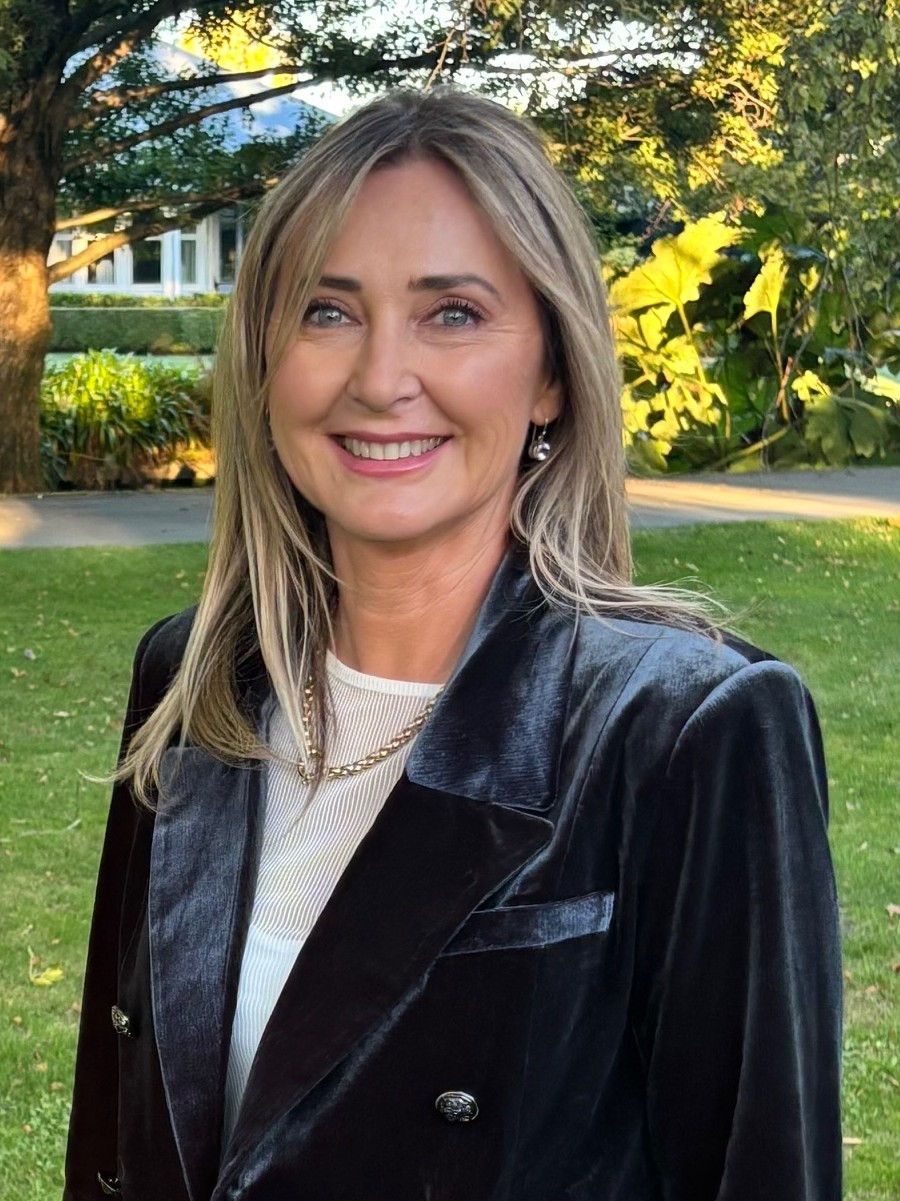From abundance, all benefits flow
New Zealand Rock Lobster Industry Council
1800
New Zealanders employed
$350m
Annual export earnings (2024)
88%
of the national TACC is from stocks that have a biomass above current management targets
210
vessels operating across New Zealand
+40%
quota owned by Iwi
The Importance of Rock Lobster
They’re called crayfish, but they are actually rock lobsters.
In New Zealand, we often say kōura or crayfish, yet the species harvested from our coastal waters is not a true crayfish. They are rock lobsters, marine crustaceans without claws, unlike the small freshwater crayfish that live in our rivers and streams. This site focuses on New Zealand’s two main species of marine rock lobsters, spiny and packhorse, caught along reefs and rocky habitats that fringe our coast. Whatever name you choose—crayfish, kōura, or rock lobster—these species are an enduring part of our culture, economy, and coastal ecosystems. Further information can be found under Lobster Facts.
A taonga with deep cultural roots
Rock lobster has been prized by Māori for centuries as a delicacy, a trading commodity, and a symbol of manaakitanga (hospitality). It remains a customary fishery in many rohe today. Even place-names tell the story: Kaikōura means “eat crayfish”, underlining how central the species is to local identity.
A vital part of coastal communities
The lobster industry plays a crucial role in supporting New Zealand’s coastal and rural economies. Around 210 commercial vessels operate in the fishery, employing thousands of New Zealanders directly and indirectly. For many regional coastal towns and communities, lobsters are not just a seafood delicacy, they are a way of life, helping support local businesses, schools, and community services.
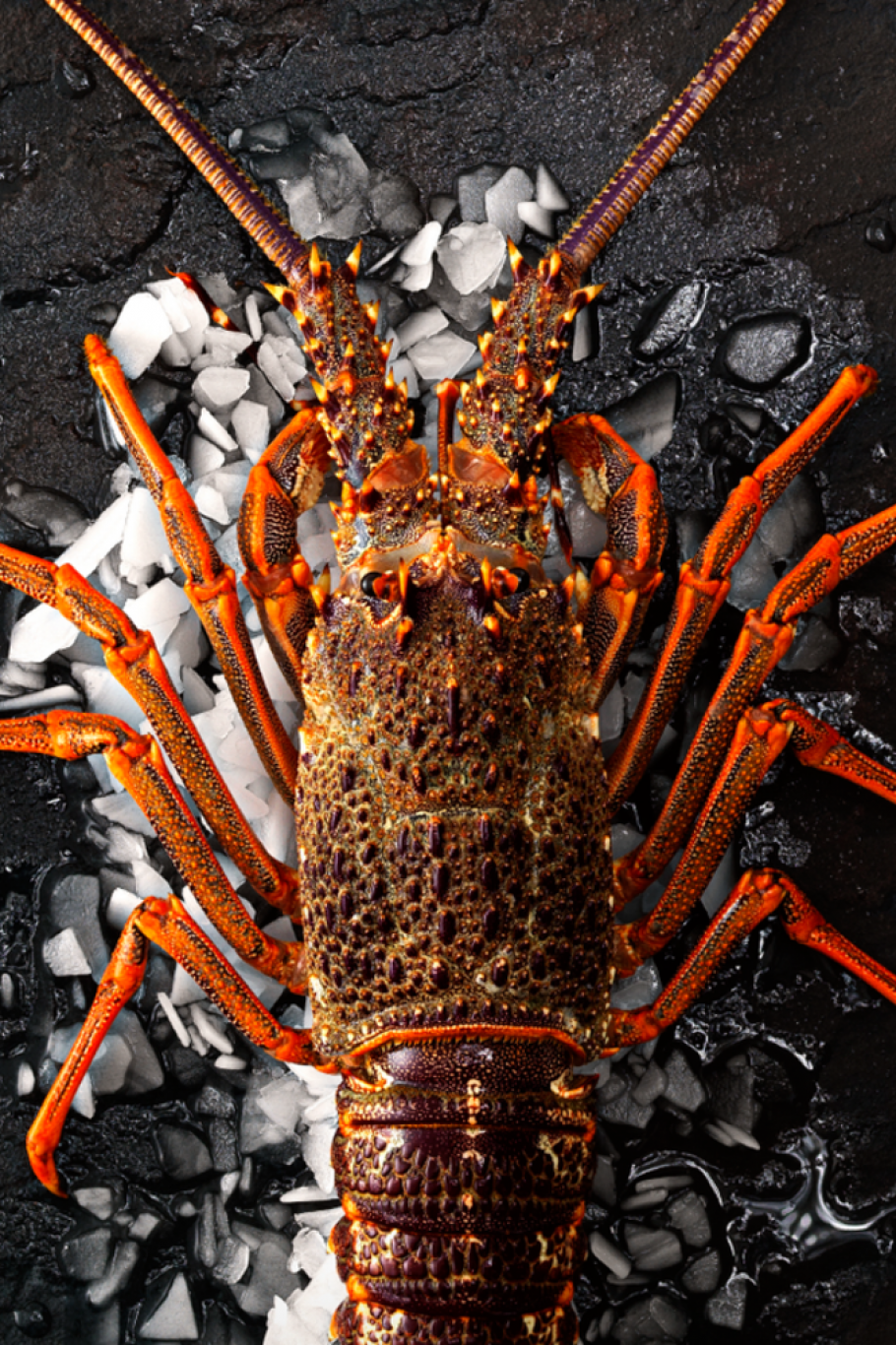
Industry at a Glance
New Zealand’s rock lobster fishery operates under the Quota Management System (QMS), a world-leading model for sustainable fishing. The QMS sets strict harvest limits, monitors lobster stocks with the latest science, and creates strong incentives for stewardship of the fishery. It’s designed to protect lobster populations today — and to guarantee they remain abundant for future generations.
People & Communities
1,800 New Zealanders earn their living from the lobster fishery, working on 210 vessels and shore-based plants. With around 100 landing points, there is considerable economic activity generated in regional, coastal communities outside the main centres.
Economic Contribution
Last season’s 2,706 tonne (t) catch generated NZ $350 million in live-export earnings, making rock lobster the country’s highest-value wild harvest seafood.
Sustainability Scorecard
Independent stock assessments show 88 % of New Zealand’s commercial catch comes from lobster stocks that sit at or above management targets
.
Quota in Action
Under the Quota Management System, 442 Spiny and 58 Packhorse rock lobster quota owners receive their share of the annual catch entitlement; data from every fishing event is electronically reported daily, closing the loop between science, regulation, and the deck.
New Zealand Rock Lobster Industry Council
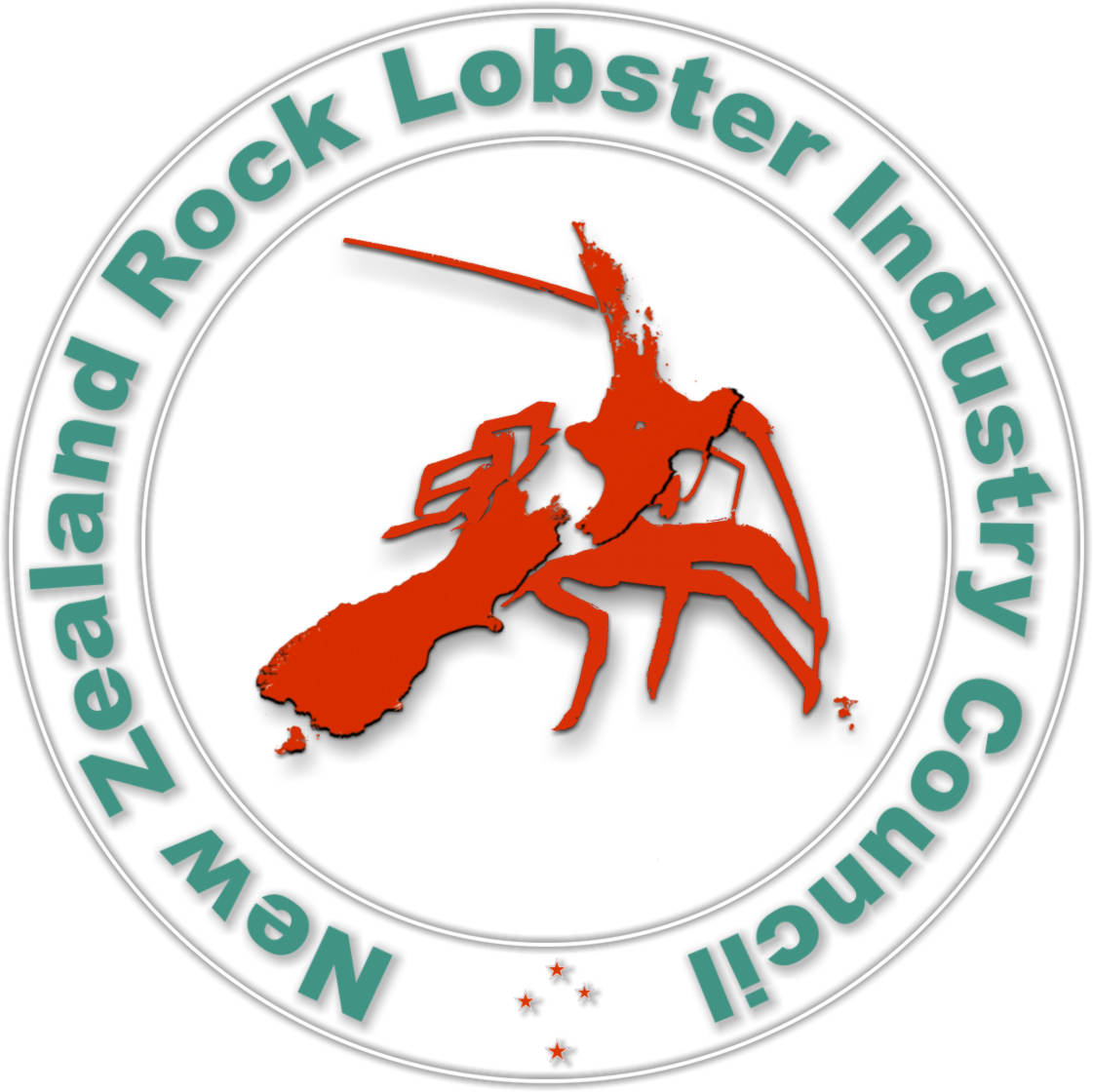
WHO WE ARE
The NZ Rock Lobster Industry Council Ltd (NZ RLIC) is the representative body and central service agency for the commercial rock lobster fishing industry. We collaborate with local and central government, tangata whenua, environmental groups, and other marine stakeholders to address shared challenges and advance the interests of the fishery.
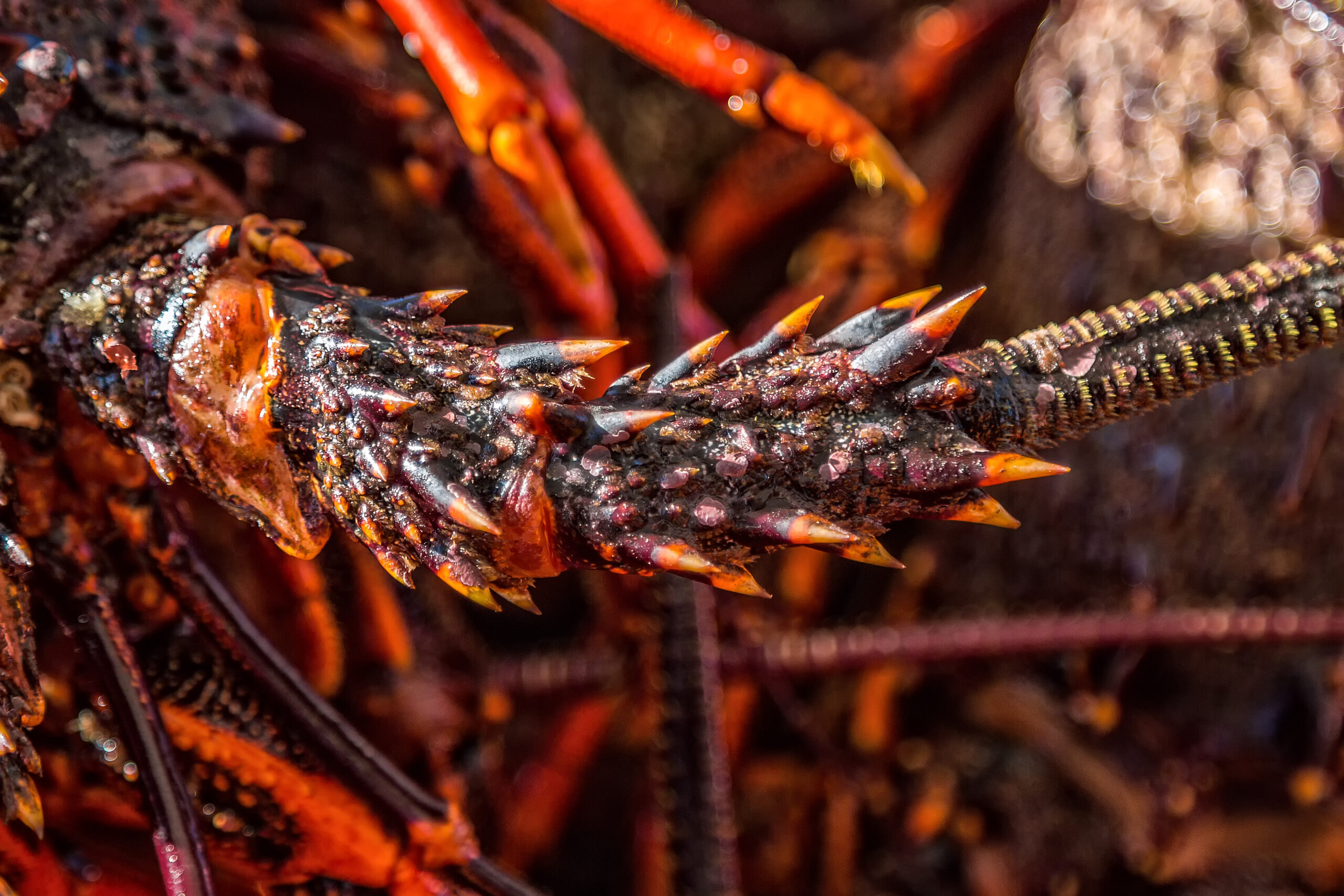
Our Role
NZ Rock Lobster Industry Council advocate for outcomes that benefit our stakeholders and ensure the health of New Zealand’s rock lobster fisheries. We work to ensure fair and equitable access to rock lobster fisheries, manage harvests within Total Allowable Commercial Catch (TACC) and legal limits, and maximise the economic and social returns for the sector. We promote a culture that respects individual rights while upholding shared responsibilities across all users of the fishery.

Our Vision
To be a united, prosperous and ecologically sustainable rock lobster industry valued and respected by the wider New Zealand community and government. This involves developing responsible management initiatives and supporting and initiating research needed to inform management. We seek that industry be acknowledged, both locally and abroad, as a leader in the sustainable and innovative management of rock lobster fisheries. Ultimately, we want to be regarded by local and international consumers as an industry that produces a “beyond premium”, fresh seafood product.
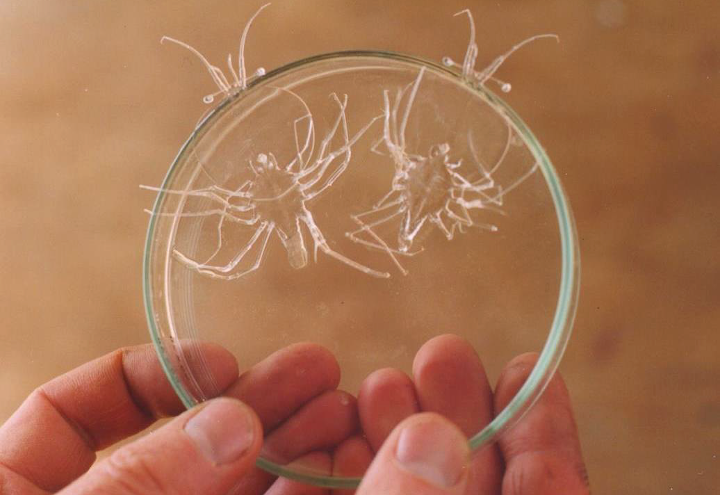
Our Mission
We are committed to fostering a cohesive, sustainable industry operating to deliver responsible environmental performance, making a substantial economic contribution – regionally and nationally – and safeguarding the social and cultural value of New Zealand’s rock lobster fisheries through the practice of kaitiakitanga – guardianship and management – to ensure the health of the fisheries now and in the future.
WHAT WE DO
Building the future abundance of the New Zealand Lobster fishery
The NZ RLIC is a cornerstone of advocacy, research and collaboration within the rock lobster sector. Committed to sustainability, we unite our industry’s collective expertise to ensure a thriving future for our marine resources and the communities that depend on them.
Many Regions, One Voice
We bring together stakeholders from across the New Zealand rock lobster industry, advocating for policies that support responsible practices and sustainable fisheries management.
Sharing Knowledge, Securing the Future
Our research and monitoring initiatives drive advancements in sustainable rock lobster fishing, fostering innovations that protect marine biodiversity and ensure a abundant fishery for future generations.
Shaping Balanced Regulations
NZ RLIC collaborates with regulators to address challenges, advocate for fair governance, and promote policies that balance sustainable resource use with industry viability.
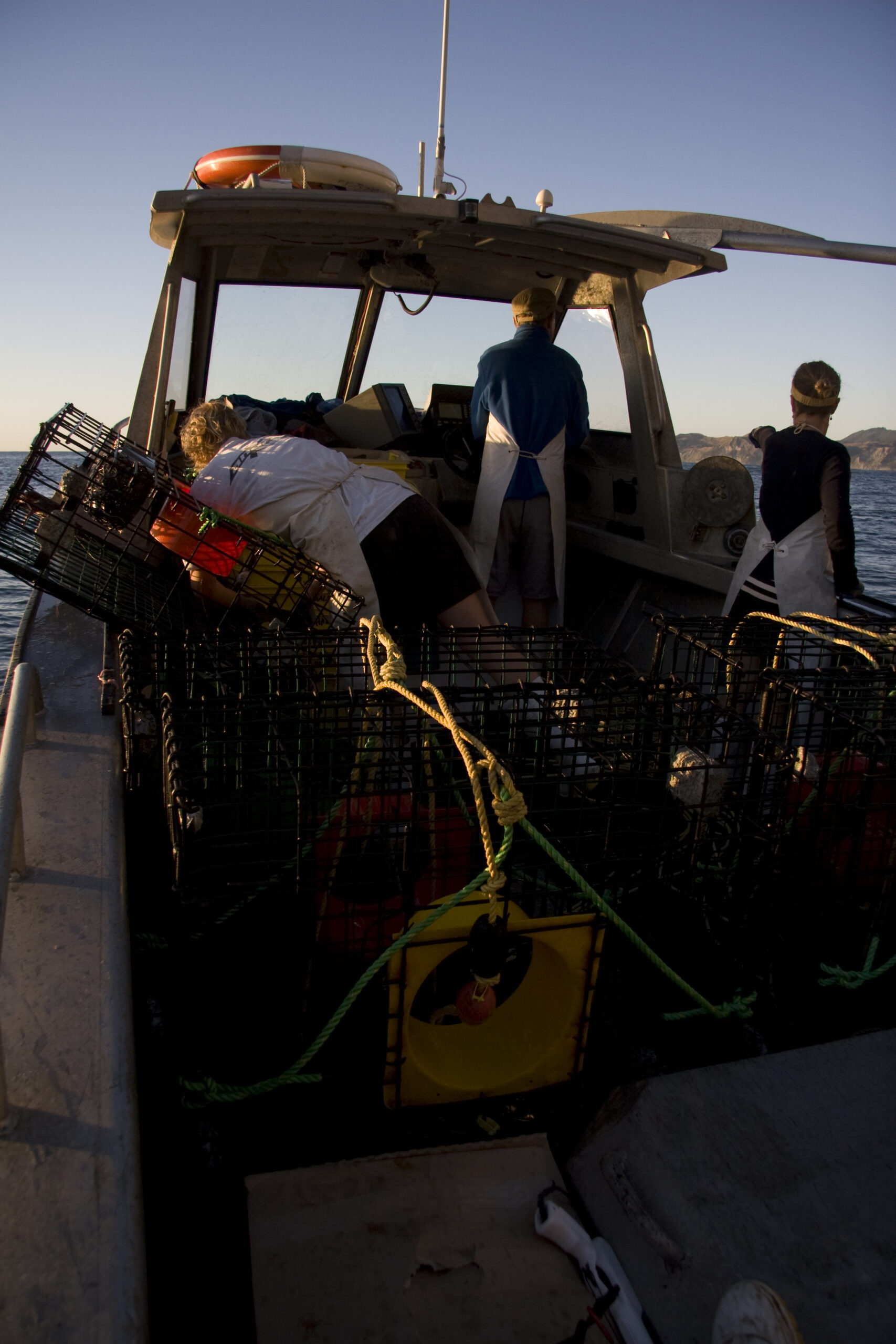
How We Fish Sustainably
1. Science-based catch limits
New Zealand’s Quota Management System (QMS) sets a Total Allowable Catch (TAC) for every rock lobster stock (CRA 1–9). Each TAC is split into customary, recreational, and commercial allowances, and is reset whenever new science or monitoring data show a change is needed. A strict reporting and monitoring regime ensures that all commercial landings stay inside these limits.
.
2. Measured success
Regular stock assessments show that 88% of the annual commercial rock lobster catch is from stocks with biomasses above their management targets, with all stocks above their sustainability limits.
3. Real-time digital monitoring
Since 2019 every rock lobster vessel has filed electronic catch reports and continuous GPS position data, giving the Ministry for Primary Industries (MPI) live oversight of where, when, and how much is taken. Fishers also contribute data through voluntary logbook and tagging programs and fund technician catch sampling to ensure we have the most accurate information to assess the health of our fishery. The result: well informed science, a compliance regime with integrity and complete transparency from pot to port
4. Continuous improvement
Catch limits are tuned each year through regular assessments, and “management procedures” for some stocks, with oversight from. independent scientists. A 2024 peer review panel confirmed the assessment approach meets international best practice for sustainable shellfish management. Stock management is reviewed by the National Rock Lobster Advisory Group involving all stakeholders.
Bottom line: Science-based limits, real time data, and evidence-led adjustments keep New Zealand’s rock lobster fisheries among the most sustainable lobster fisheries in the world—and we plan to keep it that way.
Ongoing Projects & Initiatives
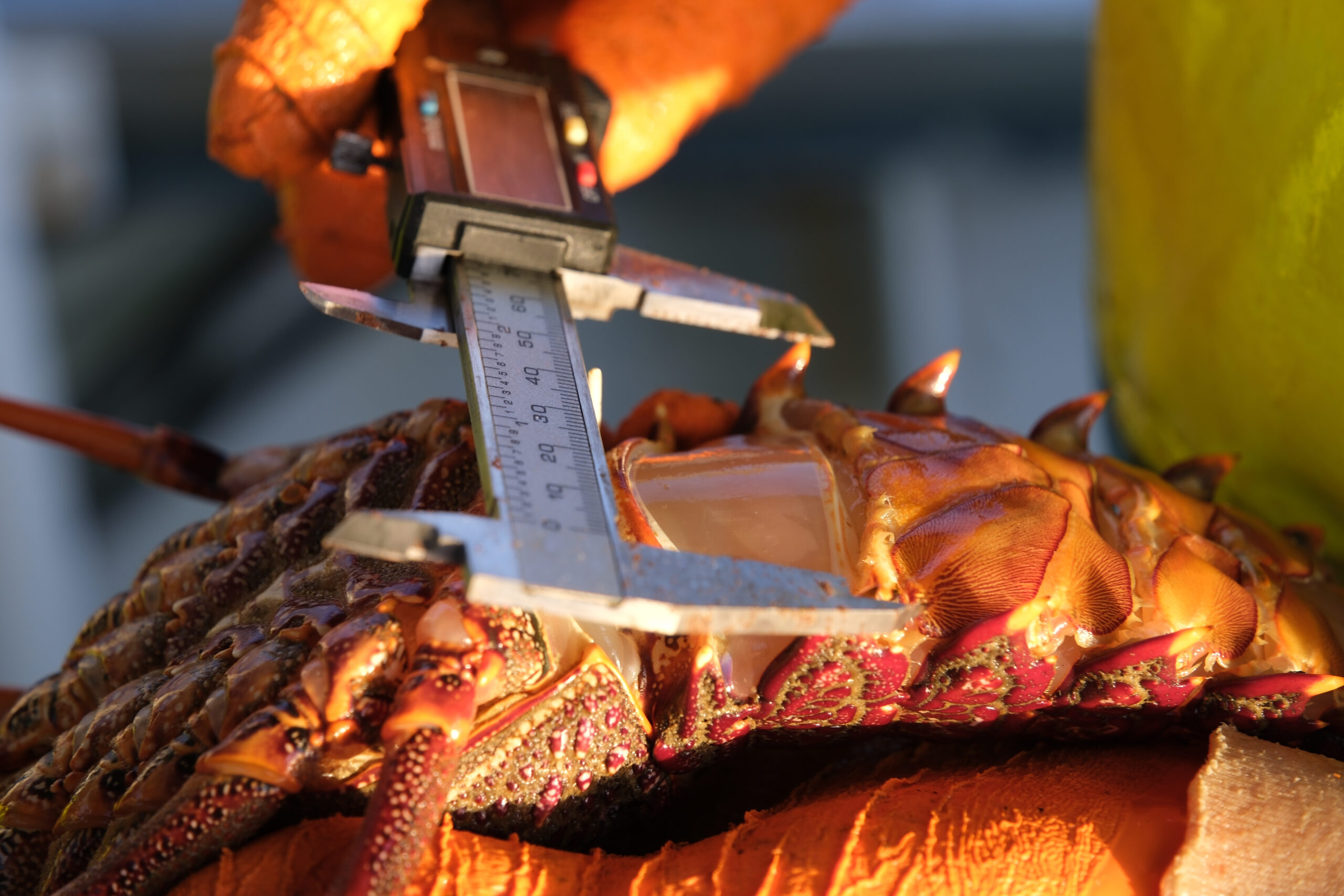
Data-Driven Insights for a Abundant Tomorrow
Driving informed decisions through data, securing the future of our lobster fishery

Sustainability Assessment
Third-party verified evaluation of available information about fisheries demonstrates the social and environmental credentials of the industry and their commitment to supplying authentic and responsibly sourced seafood to customers worldwide
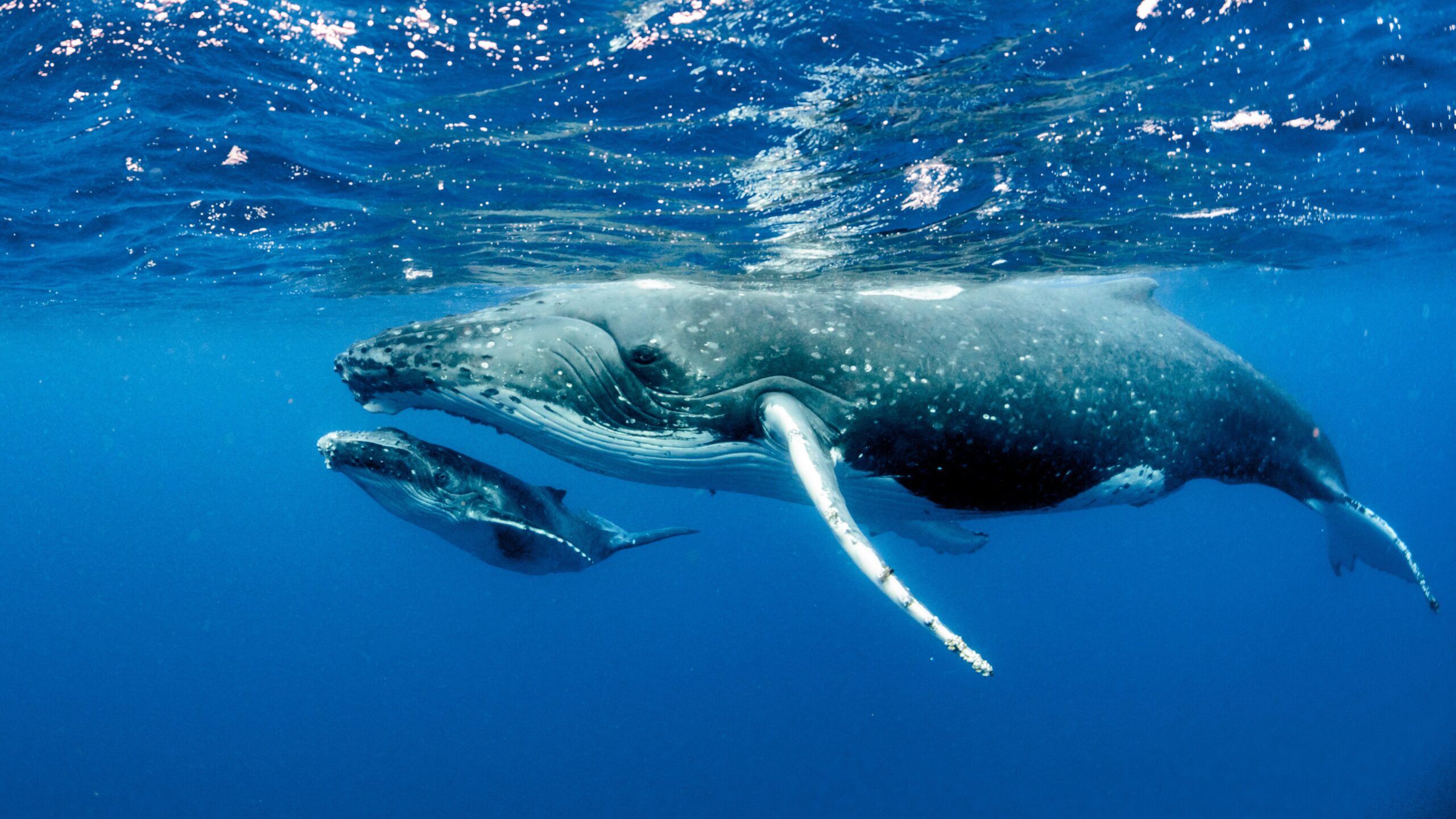
WhaleSafe Identification Guide
Protecting whales. Supporting fishers. Enhancing our marine stewardship.
The third edition of the WhaleSafe Identification Guide is designed to help vessel operators reduce the risk of interactions with whales and other marine mammals, while aligning with best practice and regulatory expectations
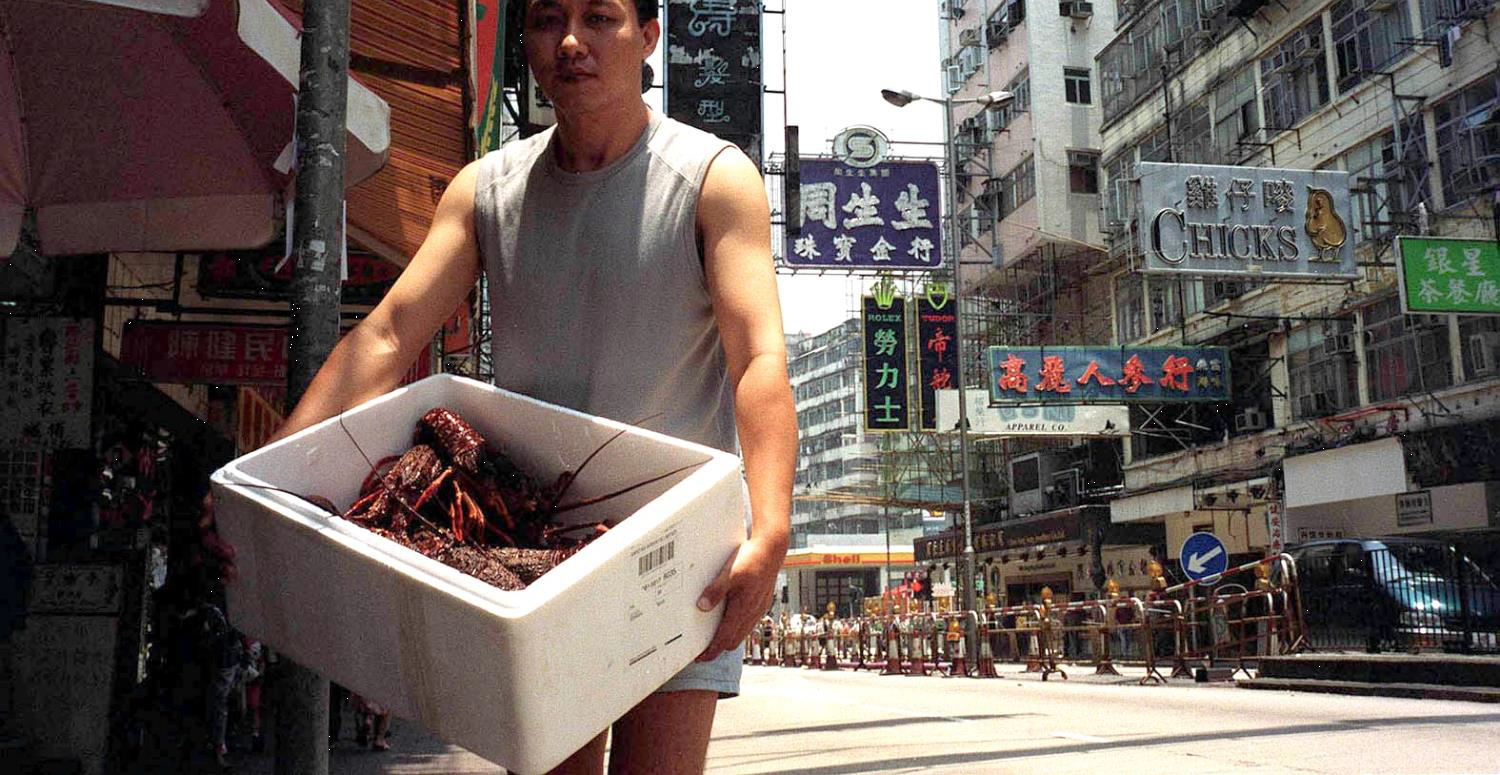
Perfecting the Journey: From Ocean to Market
Optimising care from sea to plate, ensuring quality and sustainability at every step
OUR RESEARCH PROGRAMS
RESEARCH
Building the evidence base for sustainable management
Lobsters Measured Every Year
Fishers Involved Nationwide
The National Voluntary Logbook Program
The logbook program is a cornerstone of our evidence-based approach to fisheries management. By capturing daily data directly from commercial fishers, we build a real-time comprehensive and representative picture of stock health that supports sustainable harvest decisions across all CRA areas.
Powered by Fishers, Informed by Experience
Fishers voluntarily record detailed information from representative pot lifts — location, effort, catch, and size. This fine-scale data reflects what’s happening on the water and helps shape the science that informs quota and management decisions.
Supporting Smarter Stock Management
Logbook data feeds directly into stock assessments and trend modelling, allowing us to respond quickly to changes in abundance. It is a practical tool that connects science, industry knowledge, and management in a single loop.
A Global Model for Industry-Led Monitoring
With decades of consistent participation, our program is recognised internationally as a model of collaborative fisheries science. The commitment of our fishers continues to underpin New Zealand’s reputation as a world leader in sustainable lobster management.
RESEARCH
Tracking Growth, Movement and Survival
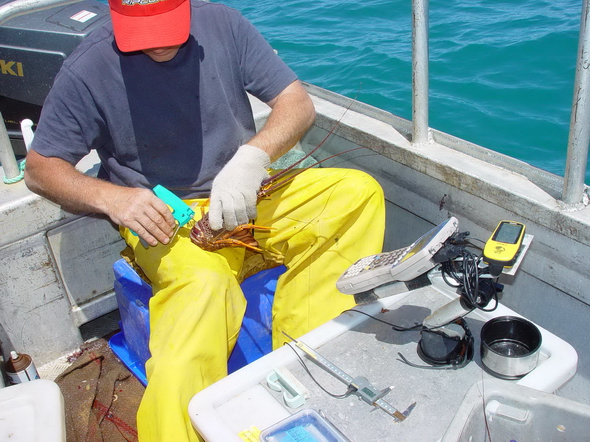
National Rock Lobster Tagging Projects
Our tagging initiatives provide critical data on the growth rates of New Zealand’s rock lobsters. This information is an essential input to stock assessments and ensuring responsive, sustainable fisheries management.
Understanding Lobster Movements Across Regions
Tagging allows us to monitor these movements, offering insights into their distribution and seasonal behaviour. Data collected from over 30 years of tagging has shown that once rock lobsters settle on a rocky reef and start to grow, they do not tend to display any significant longshore movements along the coastline. The exception to this is rock lobster in the southern area of the South Island, which display migratory behaviour in travelling from Otago to Southland and into Fiordland.
Collaborative Data Collection Efforts
The tagging process involves recording detailed biological information (such as sex, maturity stage, and size) before releasing the lobsters back into their natural habitat. Recaptured tagged lobsters provide valuable data on growth and movement patterns, contributing to a comprehensive understanding of the species.
Enhancing Fisheries Management Through Data
Data from tagging projects feed directly into stock assessment models, enabling more precise and adaptive management strategies. This collaborative approach, involving industry stakeholders and scientific experts, strengthens the resilience and sustainability of our rock lobster fisheries.
Found a Tagged Lobster? Let Us Know!
NZ RLIC WhaleSafe Awareness Program
WhaleSafe Identification Guide
With the increasing focus on fisheries interactions with protected species, and increasing whale populations, the third edition of the WhaleSafe Identification Guide provides a timely resource for vessel operators to ensure they are employing best practises on the water.
In addition to information on identifying marine mammals, their migratory patterns and general practises that operators can employ to avoid or substantially reduce the potential for interactions, the rock lobster industry has invested in tracking buoys to assist in the event of whale entanglements. Two tracking buoys are held by the respective DOC disentanglement teams in each of the North and Souths Island, and are a regular feature of disentanglement training.
Working in the marine environment, rock lobster operators can be one of the first to report an entanglement event. To assist DOC in successful disentanglements, operators are provided with an Entanglement Response Data Form, which outlines the important information DOC uses in assessing and carrying out disentanglement events. Collecting this data while monitoring the entangled cetacean allows the disentanglement team to prepare and execute a successful operation.
While entanglement events remain rare, and do not pose a threat to cetacean populations, the industry remains committed to initiatives that promote and ensure best practises. The WhaleSafe manual, tracking buoys and Entanglement Response Data Form highlight the rock lobster industry’s commitment and investment in proactive measures to avoid and mitigate interactions with marine mammals and other vulnerable species. Additional WhaleSafe manuals and Entanglement Response Data Forms are available upon request.
Recreational Resources
Ensure you know your areas rules
Bag limits and size rules shift by region and can change after stock reviews. A quick look before you haul pots keeps you legal, protects the fishery, and avoids awkward moments at the boat ramp.

1. Find your CRA area in seconds
- Open the NZ Fishing Rules app and let GPS pinpoint your location.
- No reception? The app works offline once installed. Text “app” to 9889 for a download link before you head out.
2. Get today’s limit on your phone
-
Text the species or area name (e.g., “rock lobster Bay of Plenty”) to 9889. You’ll get an instant reply with the current daily bag, size, and method rules for that coastline.
- Or jump to mpi.govt.nz/fishing-rules, choose your region, and scroll to the rock-lobster section.
When in doubt, let it go
If you’re unsure about size or a berried tail, release it. Future seasons—and your mates—will thank you. For more detail, see MPI’s crustacean welfare guidelines or our full animal-care handbook linked below.
Caring for Crayfish: Humane Handling & Killing
Why it matters
Rock lobster respond to noxious stimuli and like any other animal. Rock lobsters are protected under the Animal Welfare Act (1999), which requires those handling lobsters not to cause them any unnecessary distress. Handling them gently isn’t just the right thing to do, it also ensures the lobster is kept in optimal condition so is it survives the journey to home or market. When preparing rock lobsters for consumption, Animal Welfare Regulations require crustaceans to be unconscious so they are killed humanely.
1. Make the lobster unconscious first
Unconscious signs: No flick when you move a leg, no eye stalk response when you tap the shell, and no effort to right itself when laid on its side.
Pick the method that suits your gear and location:
Ice slurry (easy on any boat)
How to: 3 L crushed ice: 1 L seawater + a handful of salt (35 g L⁻¹). Aim for −1 °C; large rock lobsters may need up to 20 min. Keep the slurry the texture of wet cement.
Typical time: 10-20 min
Chilling in a fridge/chilly bin
How to: Hold below 4 °C until unresponsive. Check every few minutes.
Typical time: 20 min +
Electrical stunner
How to: Secure a purpose-built electro-stunning device. Currently only the commercial stunning apparatus Crustastun has been reported to be able to dispatch New Zealand rock lobsters.
Typical time: Seconds
2. On Board Checklist
Keep track of the tools you’ll use and the time lobsters have been exposed to the chosen method:
-
Chilly bin set up with ice slurry before the first pot is hauled.
-
Sharp knife/awl within reach of the bin.
-
Crew know the “no flick, no blink, no flip” test for unconsciousness.
-
Keep a note on your phone of when each batch went into the slurry so none come out early.
3. Dispatch quickly
Once the lobster is out cold, act fast so it can’t wake up:
-
Split or spike: Using a sharp knife, swiftly split lengthwise, or as much of the body as possibly, cleanly down the middle.
- Stunner that kills: Confirm no movement before chilling or cooking.
Respect pays off
Humane handling reduces stress proteins that can taint flavour, protects our fishery’s reputation, and keeps you on the right side of the rules.
For more detail, see MPI’s crustacean welfare guidelines or our full animal-care handbook linked below.
Meet The Team


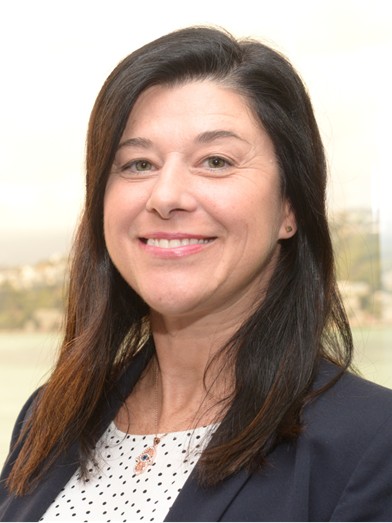
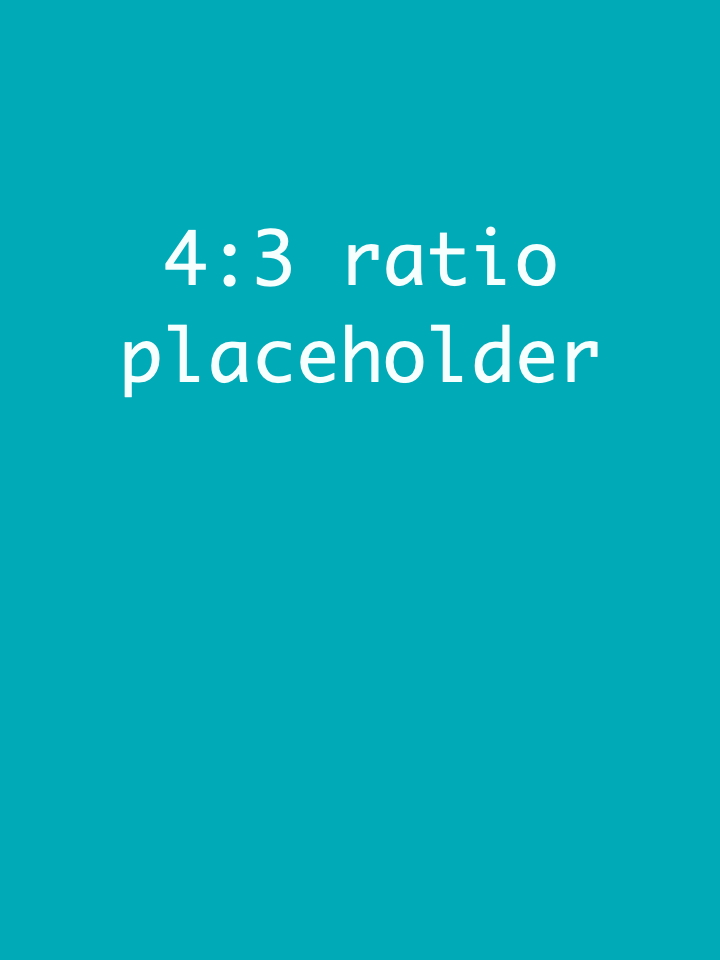
GOVERNANCE
Who Oversees New Zealand’s Rock Lobster Industry?
National leadership
The NZ RLIC is the single national body that coordinates science, policy, and management initiatives for the commercial fishery. It sets industry-wide standards, prepares submissions to central and local government, and commissions research and monitoring to inform management.
Regional representation
Across the nine lobster quota management areas, CRA Management Area Councils (CRAMACs)—made up of local quota owners, skippers, processors, and iwi enterprises—advise on harvest rules, fund local research and management initiatives, and elect one director each to the NZ RLIC board.
How Is It All Funded?
The rock lobster industry contributes over $5 million annually in Government levies to support research, administration and compliance. On top of this, CRAMACs and the NZ RLIC voluntarily fund additional projects to enhance local management and science. Since 2013, the NZ RLIC has operated under a dedicated commodity levy system, which is reviewed every five years.
NZ RLIC Board of Directors
Cray Management Area Councils (CRAMACs)
CRAMACs are regional councils that represent the commercial rock lobster industry in each quota management area. They work together to monitor the fishery, support research, and advise on sustainable management practices. CRAMACs play a key role in protecting the long-term health of New Zealand’s lobster stocks and the communities that rely on them.
CRA1
The CRA1 fishery extends from the Kaipara Harbour on the west coast of the North Island around North Cape and then south to Te Arai Point. The commercial fishery extends offshore to the Three Kings, but the bulk of the commercial harvest is taken from waters adjacent to the mainland.
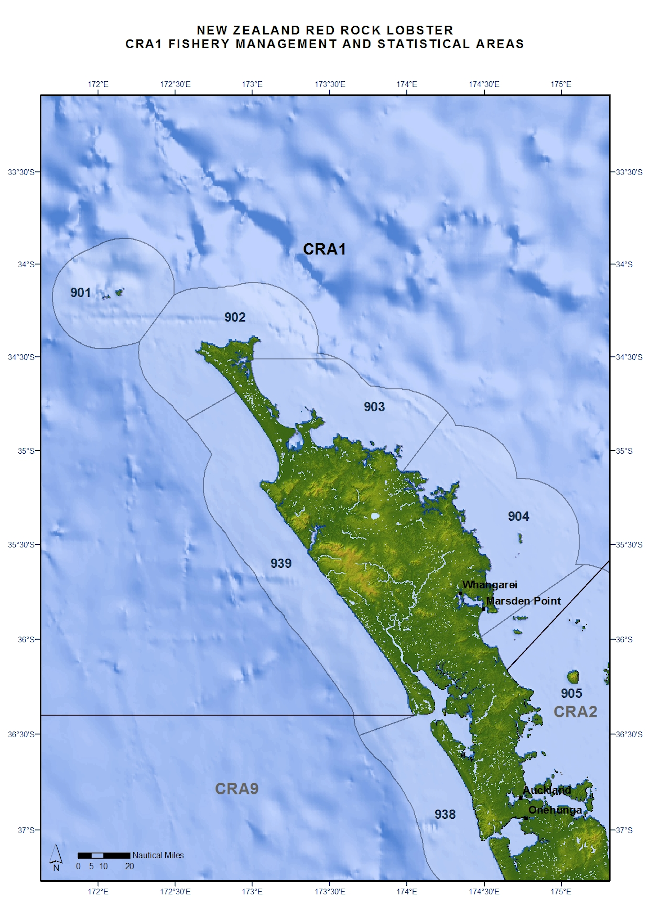
The 2020/21 CRA1 110 tonne total allowable commercial catch (TACC) is distributed amongst 36 quota share owners. Eighteen permit holders reported CRA1 catches in 2019. The estimated landed value of the commercial catch was $10.4 million (based on average port price paid to fishermen), making rock lobster an important contributor to the local and regional economy.
Amateur catch of rock lobster is estimated at 47 tonnes (MFish 1996). Diving using underwater breathing apparatus is the predominant method used by amateur fishermen and women, although hand gathering, ring potting, and potting from vessels are also used.
Rock lobsters have cultural significance to local Maori and a large Maori population in the Northland region ensures that rock lobster retains significant customary value. No reliable estimates are available for customary catch. The progressive implementation of reporting procedures within the North Island Customary Regulations might assist in future evaluations of customary harvest for the CRA1 fishery.
CRA1 stock status is evaluated using commercial catch and effort and quota monitoring report data. Tag, release and recapture projects have been updated from 1996 to the current season. In addition, the CRA1 commercial stakeholders enable intensive observer catch sampling sequences for the fishery. The largest catches of Packhorse crayfish (PHC) are taken in the CRA1 fishery and quota share owners have commissioned an industry-funded characterization and assessment of the PHC fishery with a view to recommending management changes.
CRA2
The CRA 2 fishery extends from Te Arai through the Hauraki Gulf and Bay of Plenty to East Cape. The current 173 tonnes total allowable catch (TAC) for the fishery was set in 2018. The current total allowable commercial catch (TACC) is 80 tonnes.
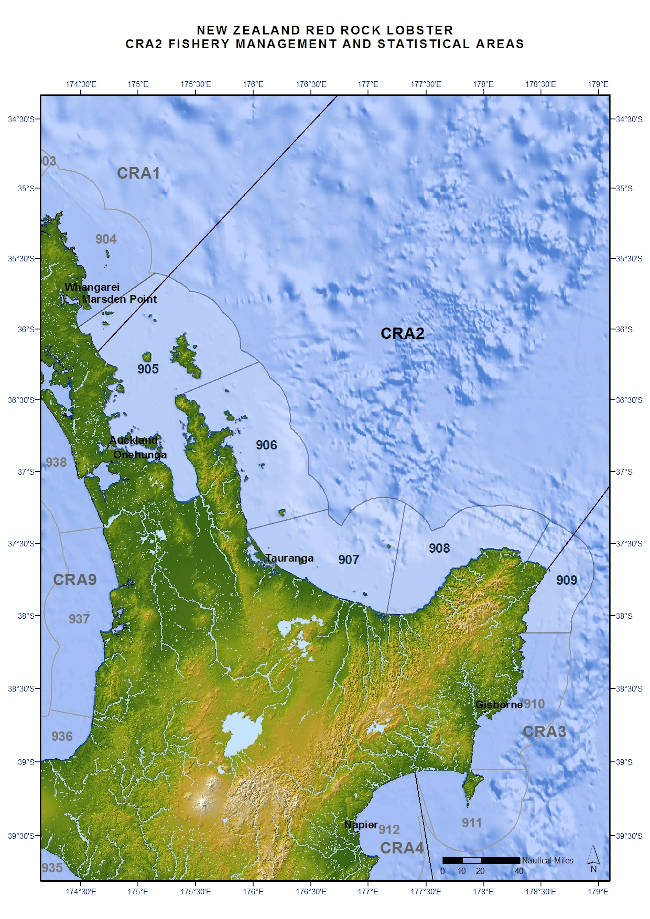
The 100 million quota shares representing the 80 tonnes TACC are distributed amongst 50 quota share owners. There are currently 19 CRA 2 Annual Catch Entitlement (ACE) owners and in 2019 there were 18 vessels reporting commercial catches. Quota shares are infrequently traded and a recent transfer was valued at a $1.08 million per tonne equivalent. CRA 2 ACE trades for $55/kg.
The main operating period for commercial vessels generally extends from June to January. The estimated landed value of the CRA 2 catch is $6.9 million (based on average port price paid to fishermen) and the industry sustains a number of processing and export companies in Whitianga and Auckland.
The current TAC allows amateur catches from this fishery. Potting and diving are the preferred methods, and there is a large recreational charter vessel industry catering to the sector.
Customary catch is conservatively estimated at 16.5 tonnes. Rock lobsters have cultural significance to local Maori and a large Maori population in the Bay of Plenty region ensures that rock lobster retains significant customary value.
The CRA 2 Rock Lobster Management Company Ltd (CRAMAC 2) is the representative commercial stakeholder group for this region. CRAMAC 2 has made significant investments in rock lobster research since its formation in 1995, including a comprehensive vessel logbook programme, tag and release projects, and sequences of intensive catch sampling to Ministry standards and specifications.
CRA3
The CRA3 fishery extends from East Cape south to the Wairoa River.
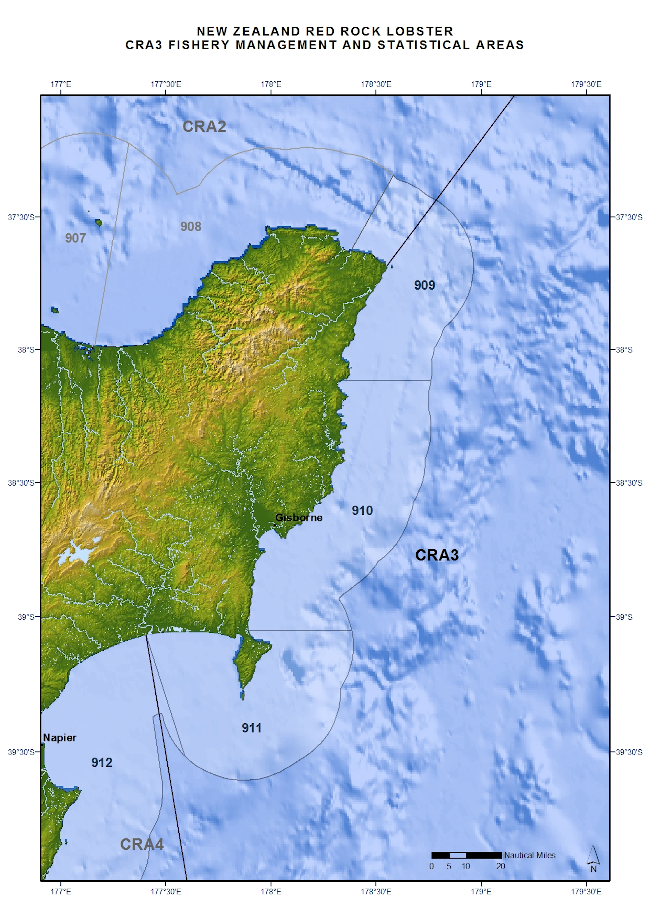
The current 351.9 tonnes total allowable catch (TAC) is comprised of a 20 tonnes allowance for amateur catch, a 20 tonnes allowance for customary harvest, an 89 tonnes allowance for illegal removals; and a total allowable commercial catch (TACC) of 222.9 tonnes.
The TACC is distributed as 100 million quota shares amongst 52 quota share owners. Quota shares trade infrequently and are currently valued more than $1,000,000 per tonne equivalent. CRA3 annual catch entitlement (ACE) trades in the range $45 to $55 per kg. There are 32 CRA3 ACE owners and 25 commercial vessels operating in the CRA3 fishery.
There is significant Iwi involvement in quota share ownership and fishing. The commercial harvest has an approximate landed value of $19.5 million (based on average port price paid to fishermen). There are two processing plants in Gisborne, and product is also shipped to Tauranga and Auckland for processing and export.
Potting and hand gathering are the preferred amateur fishing methods.
Rock lobsters have great cultural significance to local Maori and there is a very high level of customary harvest activity. Customary removals are uncertain although an allowance of 20 tonnes was made in the 2020/21 TAC decision.
CRA4
The CRA4 fishery extends from the Wairoa River on the east coast, southwards along the Hawkes Bay, Wairarapa and Wellington coasts, through Cook Strait and north to the Manawatu River.
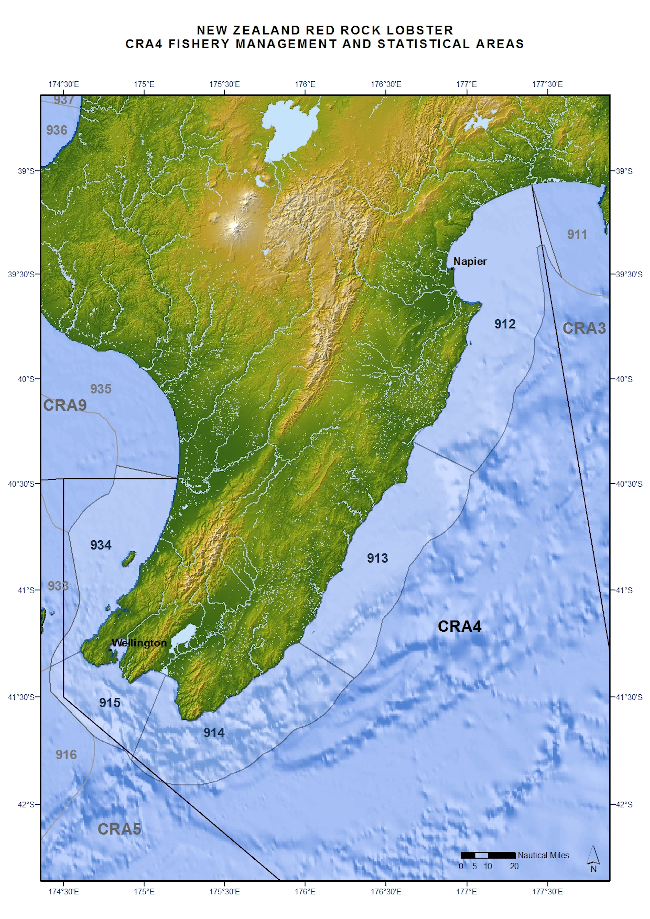
The total allowable catch (TAC) is 513.8 tonnes and the total allowable commercial catch (TACC) is set at 318.8 tonnes. In setting that TAC, 35 tonnes were allowed for customary fishing; 85 tonnes to recreational and an allowance of 75 tonnes was made for illegal unreported removals.
The current 318.8 tonnes TACC is distributed as 100 million shares amongst 94 quota share owners. There are 46 CRA4 annual catch entitlement (ACE) owners. Quota shares trade infrequently but a recent valuation is $1,400,000 per tonne equivalent. CRA4 ACE trades at $55/kg on average.
The CRA4 commercial fleet comprised 45 vessels in 2019/20. Most vessels in the fleet operate from coastal bases in isolated rural areas on the Hawkes Bay and Wairarapa coastline. The CRA4 commercial catch supports several processing and export operations in Napier, Masterton, Wellington, and Auckland. The value of the commercial catch is estimated at $28 million in 2019/20.
Potting and hand gathering are the preferred methods for amateur fishers in this area. As in most CRA areas, most of amateur catch is taken in the summer months.
Aggregate customary harvest estimates for CRA4 are not available, but the reporting requirements associated with the implementation of the North Island Customary Regulations should enable more informed decision making in future.
CRA5
The CRA5 fishery extends from the western side of the Marlborough Sounds across to Cape Jackson and then southwards to Banks Peninsula. There are three distinct regions of commercial fishing:
- Picton/Port Underwood
- Ward-Kaikoura-Motunau
- Banks Peninsula
A small number of commercial vessels also work the area from Nelson through to D’Urville Island. The bulk of the commercial catch is taken from the area bounded by Tory Channel in the north and Motunau in the south.
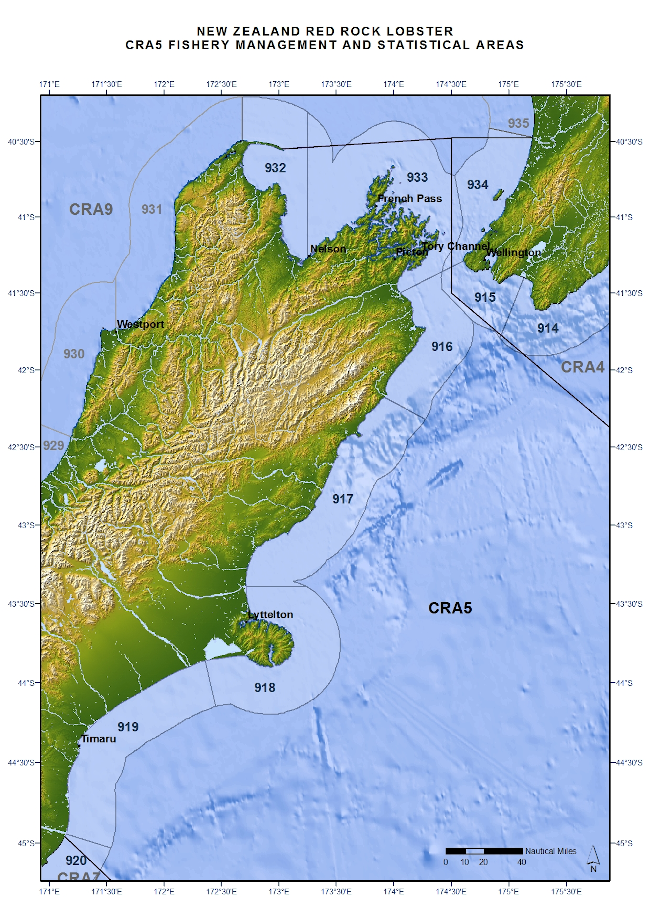
The total allowable catch (TAC) is set at 514 tonnes. 40 tonnes are allowed for amateur catch and 40 tonnes for customary catch. The total allowable commercial catch (TACC) is 350 tonnes. The allowance for illegal unreported removals is 37 tonnes.
The preferred methods for amateur fishing are potting and diving with underwater breathing apparatus. Recreational rock lobster fishing and the dive charter industry are both growing in the region.
There are 51 quota share owners in CRA5. Quota shares trade infrequently but the most recent valuation was $1,600,000 per tonne equivalent. There are 29 annual catch entitlement (ACE) owners and ACE is trading more than $50/kg.
The commercial rock lobster fleet comprised 31 vessels reporting catch in 2019/20. Many commercial vessels work off beaches between Port Underwood and Motunau. The landed value of the commercial catch is estimated at $30.5 million in 2019/20 (based on average port price paid to fishermen), and the fishery supports processing and export facilities in Kaikoura, Christchurch and Auckland.
The CRA5 industry members, through membership of their commercial stakeholder group CRAMAC 5, have encouraged and facilitated an ongoing dialogue with amateur fishing and dive clubs and with Iwi groups in the region. The responses to the process have been extremely encouraging in terms of co-operative research and management initiatives.
CRA6
The region designated as CRA6 is geographically very large, being all waters within a 200 nautical mile radius of the Chatham Islands and Bounty Islands, but the area being fished is restricted to a relatively narrow coastal margin adjacent to the Chatham Islands coastline.
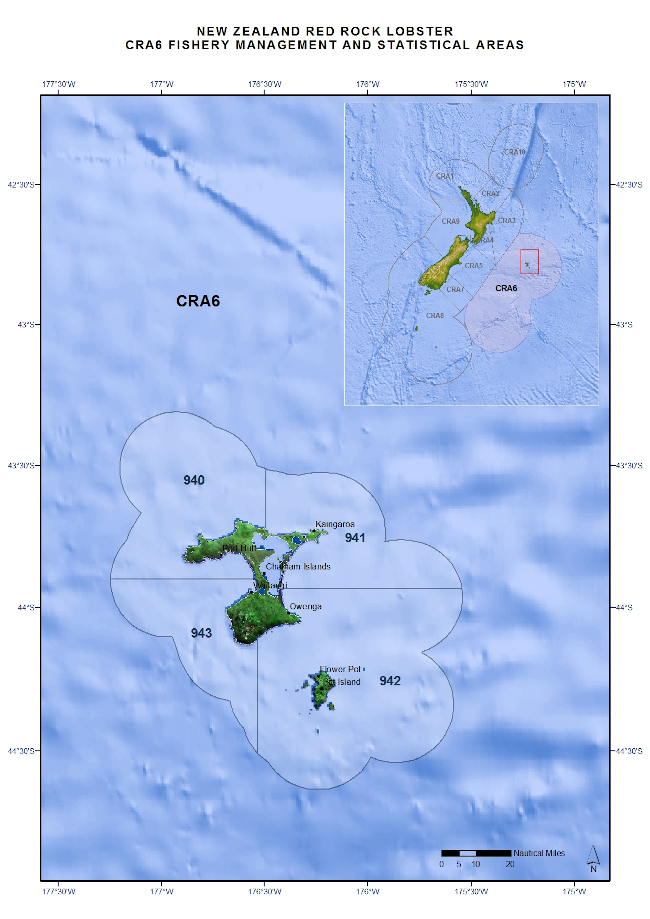
Previous Rock Lobster Fishery Assessment Working Group reports have noted that the CRA6 data are consistent with a stock model in which the biomass being fished is much smaller than the biomass of the contributing stock. The abundance of the standing stock in CRA6 is possibly more dependent on immigration of larger lobsters into the area than it is on recruitment and growth.
The most recent formal stock assessment was in 1996 (Breen & Kendrick 1998). This used alternative methods, including a depletion model and a constant-production model. Both models assumed a constant level of annual productivity is independent of the stock size and thus outside the realm of BMSY approaches.
The total allowable catch (TAC) and total allowable commercial catch (TACC) remain unchanged since April 1998. For the 1998/99 fishing year a TAC of 370 tonnes was set. A total of 6 tonnes was set aside for amateur catch and 4 tonnes was provided for customary catch. The TACC was reduced from 400 tonnes to 360 tonnes in response to Ministry of Fisheries concerns over declining landings and declining catch per unit effort (CPUE).
CRA6 is unique in that unlike all other CRA management areas, two harvest methods are allowed for commercial fishing. The bulk of the TACC is landed from vessels using pots, but there are limited numbers of method concessions issued for the fishery and divers take quantities of lobsters in the summer months.
There are 53 CRA6 quota share owners. Mainland New Zealand interests own the majority of quota shares for which the most recent trades have been in the order of $840,000/tonne equivalent. There are 46 CRA6 ACE owners and average ACE trades have been ~$50/kg in recent seasons.
There are currently 39 vessels reporting CRA6 landings and the number of divers is unknown although only 5 of the original method exemptions issued to qualifying persons between 1990 and 1993 were current during 2018/19. Additional divers operate under the authority of permits in the name of the consent holders.
The landed value of the commercial catch in 2019/20 was approximately $29 million (based on average port price paid to fishermen). The fishery supplies processing and export facilities on the Chatham Islands and in Wellington, and Auckland.
The CRA6 Industry Association (CRAMAC 6) established a Fishermen’s Office at Waitangi in May 2000 and the NZ RLIC contracted an administrative officer trained by FishServe to co-ordinate the distribution and collation of Catch Effort Landing Returns and Monthly Harvest Reports for delivery to FishServe and to provide a range of additional administrative services to the Chatham Islands seafood industry.
CRAMAC 6 is managing a Vessel Logbook programme and industry-funded stock monitoring to collect growth, size frequency and abundance information.
CRA7
The CRA7 fishery extends from the Waitaki River south along the Otago coastline to Long Point.
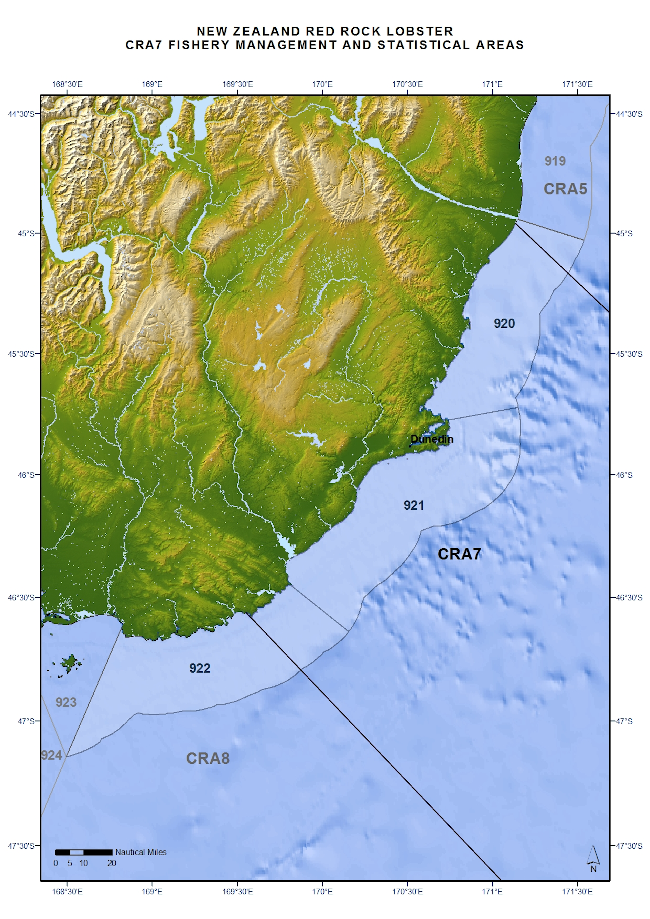
The CRA7 total allowable catch (TAC) is currently 126.2 tonnes. A total of 10 tonnes is provided for customary catch, 5 tonnes is set aside for amateur catch and 5 tonnes for illegal unreported removals. The total allowable commercial catch (TACC) is set at 106.2 tonnes. CRA7 quota shares trade infrequently but a recent valuation was $1,070,000/tonne equivalent. There are 27 quota share owners.
There are 9 CRA annual catch entitlement (ACE) owners and ACE trades at an average of $50/kg. There were 11 commercial vessels reporting in the 2019/20 fishing year. The landed value of the 2019/20 season catch is estimated at $8.3 million (based on average port price paid to fishermen). The CRA7 catch is processed and exported, or sold to the domestic market, by several Southland, Otago and Christchurch companies.
The CRA7 commercial season runs with a differential minimum legal size (MLS) which is a tail length of 127 mm for both male and female lobsters. The fishery is open to amateur fishing with a MLS regime of 54 mm tail width for males and 60 mm tail width for females.
CRA8
The CRA8 fishery is the largest mainland fishery geographically. The region extends from Long Point south to Stewart Island and the Snares, the islands and coastline of Foveaux Strait, and then northwards along the Fiordland coastline to Bruce Bay. While the overall area is large almost all fishing occurs within 8 km of the shore.
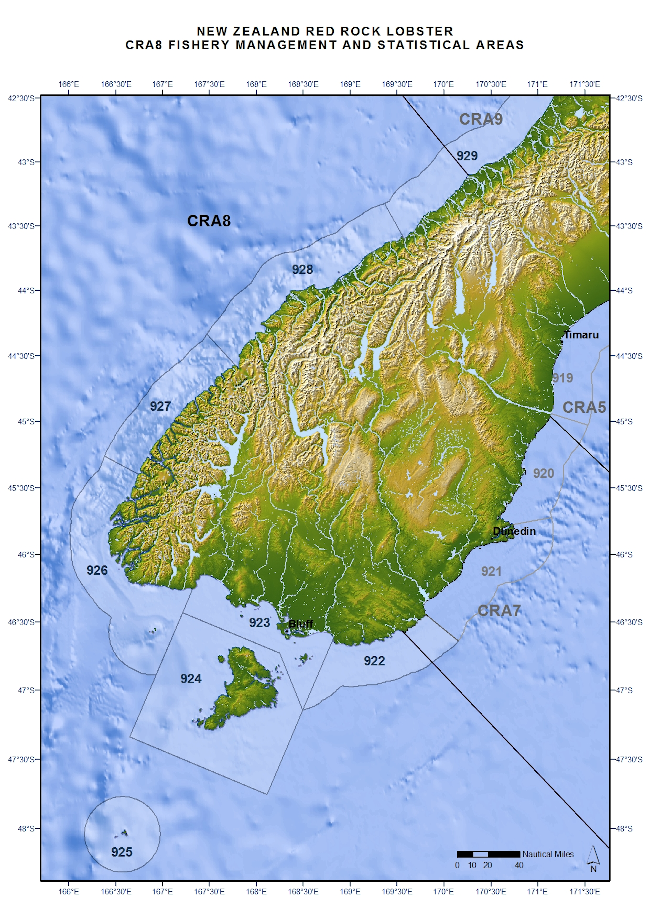
A total allowable catch (TAC) of 1282.7 tonnes was set for the 2020/21 fishing year. A total of 29 tonnes is set aside for amateur catch and 30 tonnes is provided for customary catch. The total allowable commercial catch (TACC) is set at 1191.7 tonnes.
There are 146 CRA8 quota share owners and shares trade more than $1,800,000 per tonne equivalent. There are 76 annual catch entitlement (ACE) owners and for the 2019/20 season ACE was trading at $60/kg.
In the same period there were 65 commercial vessels reporting CRA8 landings. The CRA8 fleet operates in the most remote coastal areas of South Westland and Fiordland. The value of the landed catch is estimated to be $122.4 million (based on average port price paid to fishermen). The industry supplies processing and export operations in Te Anau, Riverton, Stewart Island, Invercargill, Bluff, Christchurch and Auckland.
CRA9
The CRA9 fishery is geographically large but has the smallest TAC of any region. The fishery extends from north of Bruce Bay to the Kaipara Harbour, but commercial lobster fishing is constrained to the north-west coast of the South Island and the area between Patea and Kawhia, in particular the Taranaki coastline.
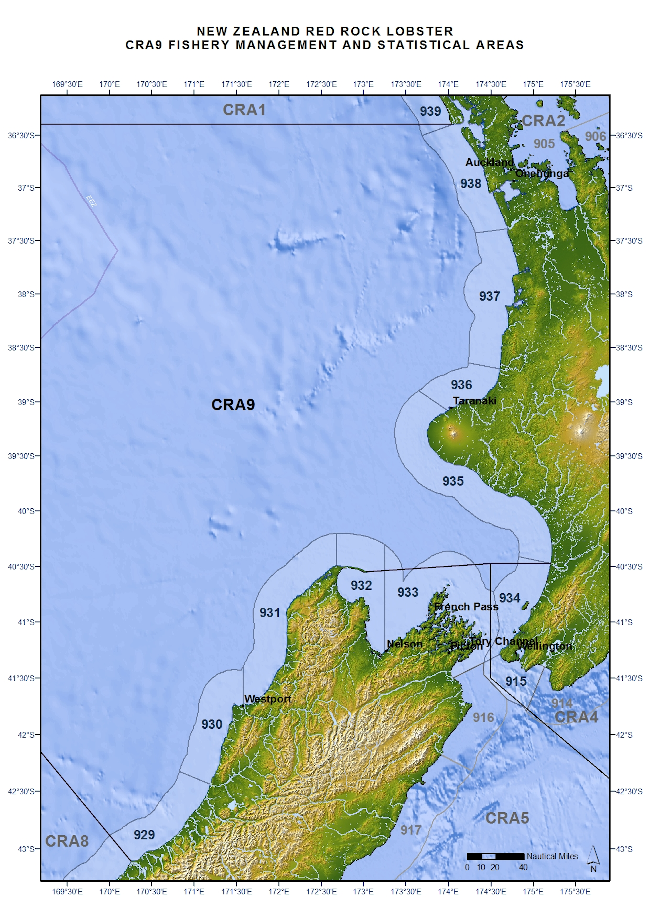
A formal stock assessment was done for CRA9 in 2012/13 and a new management procedure invoked a total allowable catch (TAC) of 115.8 tonnes. The 47 tonnes total allowable commercial catch (TACC) set in 1990 was increased to 60.8 tonnes in April 2014 and has been unchanged since.
When setting the CRA9 TAC a 20 tonnes allowance was made for recreational removals and 30 tonnes for customary.
There are 34 CRA9 quota share owners and shares very rarely trade. There are 9 annual catch entitlement (ACE) owners and in the most recent full season ACE traded up to $55/kg. In the 2019/20 season only eight commercial vessels reported CRA9 landings.
The estimated value of the landed catch was $5.2 million (based on average port price paid to fishermen). The industry supplies processing and export operations in Wellington, and Auckland.
PCH1
Another species of rock lobster taken in New Zealand coastal waters is the packhorse rock lobster (Sagmariasus verreauxii), which grow to a much larger size than red rock lobster and has a different shell colouration and shape, with a green shell, less prominent spines and smoother tail segments. The packhorse fishery (PHC1) is managed as a single stock for all of New Zealand (see graphic below).
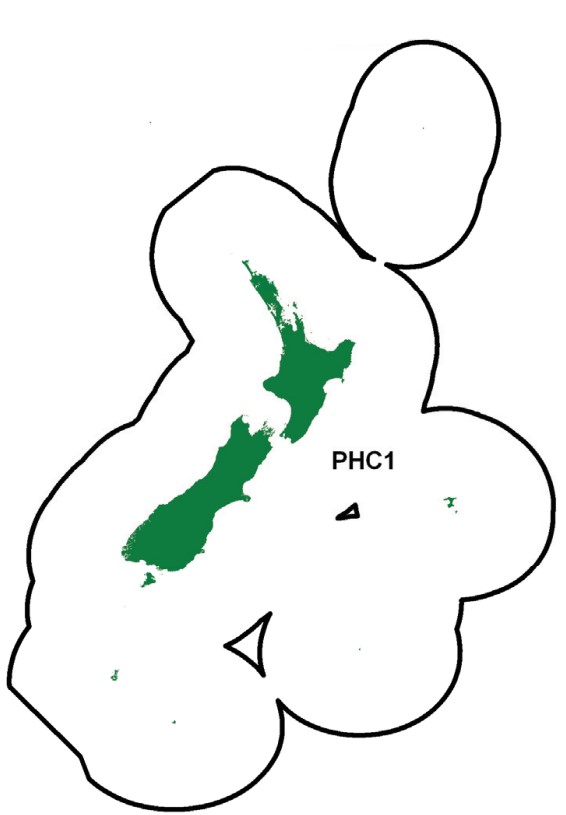
The New Zealand packhorse rock lobster landings are modest compared with the red rock lobster fishery. PHC1 quota share owners funded a characterisation and assessment of the fishery, with the first successful stock assessment conducted in 2020, using a biomass dynamics model based on historical commercial and recreational catches and a time series of CPUE. Overall, the assessment suggested that since a period of overfishing in the 1960s and 1970s, lower catches and increased recruitment or productivity of the stock in recent years have rebuilt the packhorse stock to near estimates of historical biomass. In 2021, the Minister for Oceans and Fisheries recognised the health of the packhorse fishery, increasing the total allowable commercial catch (TACC) to 49.3 tonnes, the first adjustment since the 40.3 tonnes TACC was set in 1990. The Minister confirmed a total allowable catch (TAC) of 79.3 tonnes, and also set allowances for customary (10 tonnes), recreational (15 tonnes) and other mortality (5 tonnes).
The 2022/23 PHC1 TACC of 49.3 tonne is distributed amongst 60 quota share owners. Twenty eight permit holders reported PHC1 catches in 2021. Catches of this species are almost entirely taken along the north and east coasts of the North Island, overlapping with the red rock lobster fishery in CRA 1 and CRA 2. The estimated landed value of the commercial catch was $2.34 million (based on average port price paid to fishermen in 2020/21).
Recreational catch of packhorse rock lobster is very uncertain, with three estimates available; a 2011/12 National Panel Survey (9.84 tonnes ± tonnes), a 2013/14 East Northland Survey (4.9 tonnes ± 1.5 tonnes), and 2017/18 national panel survey (28.66 tonnes ± 43.8 tonnes). The 2013/14 East Northland Survey figure was doubled to estimate catch for the whole area where packhorse rock lobster is commonly caught, to give an estimate of 10 tonnes at that time. The 2017/18 National Panel Survey was considered unrealistically high, particularly since commercial catch for the same year was 40.1 tonnes, so recreational catch of packhorse rock lobster is assumed to be 10 tonnes. Recreational fishers primarily gather packhorse rock lobster by pot or hand (freediving or UBA).
No reliable estimates are available for customary catch, with the Mai i nga Kuri a Wharei ki Tihirau Iwi Fisheries Forum indicating that tangata whenua tend to combine red rock lobster and packhorserock lobster when reporting customary catch, but landings are thought to be low. The progressive implementation of reporting procedures within the North Island Customary Regulations might assist in future evaluations of customary harvest for the PHC1 fishery.
The quantity of packhorse rock lobster illegally taken and sold in New Zealand is currently suspected to be at high levels. In a move to stop this, PHC quota share owners have worked with Licensed Fish Receivers in the Auckland area implemented a horn tagging program for all domestic sales of packhorse rock lobster.
Economic Contribution
1. Size of the Industry and Export Value
-
In the 2024/25 season, 2,848 tonnes of rock lobster were landed.
-
Most product is exported live to Asia, generating over NZ$350 million in export value in 2024.
-
The sector is highly export-reliant, with prices influenced by foreign exchange rates and economic conditions in the market.
2. Ownership, Quota, and Value
-
Rock lobster fisheries operate under an Individual Transferable Quota (ITQ) system, with 431 CRA (spiny rock) and 59 PHC (packhorse) quota owners.
-
Most CRA quota shares have traded at around $1.3 million per tonne in recent years.
-
Annual Catch Entitlement (ACE) across nine CRA areas totals 2,879 tonnes, distributed among ~326 permit holders.
-
ACE value (2024/25): ~$50,000/tonne for CRA and $30,000/tonne for PHC.
-
Shareholding is increasingly held by Iwi and corporate entities, reflecting long-term investment in the sector.
3. Investment and Employment
-
The commercial fleet includes around 210 vessels, each with average investment exceeding $650,000 in gear and equipment.
-
Substantial further investment exists in processing and export facilities—built to strict health and biosecurity standards.
4. Regional Impact and Community Value
-
The rock lobster industry is a pillar of many rural coastal communities. The sector directly and indirectly employs ~1,800 people, with further economic support to engineering, logistics, and supply sectors.
-
It supports school rolls, rural fire services, and regional social/sporting groups.
-
It underpins a regional economic ecosystem, helping sustain infrastructure and services in rural areas of the country.
-
The industry’s strategic approach balances economic return with resource sustainability and market-driven quality standards.
Value Chain
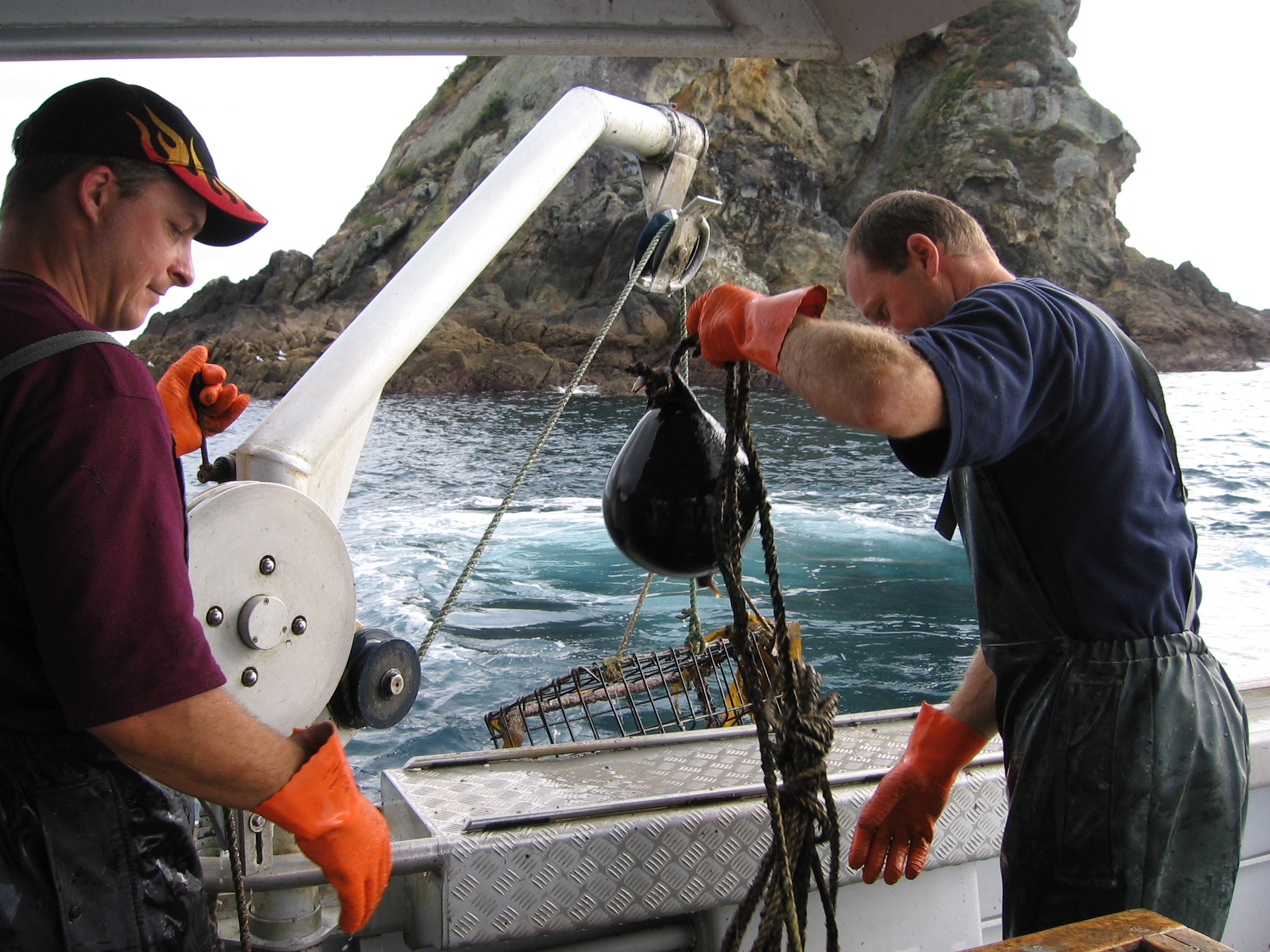
1. Harvesting at Sea
Commercial operators deploy baited pots to catch live rock lobsters in coastal waters, adhering to strict sustainability and size regulations
.
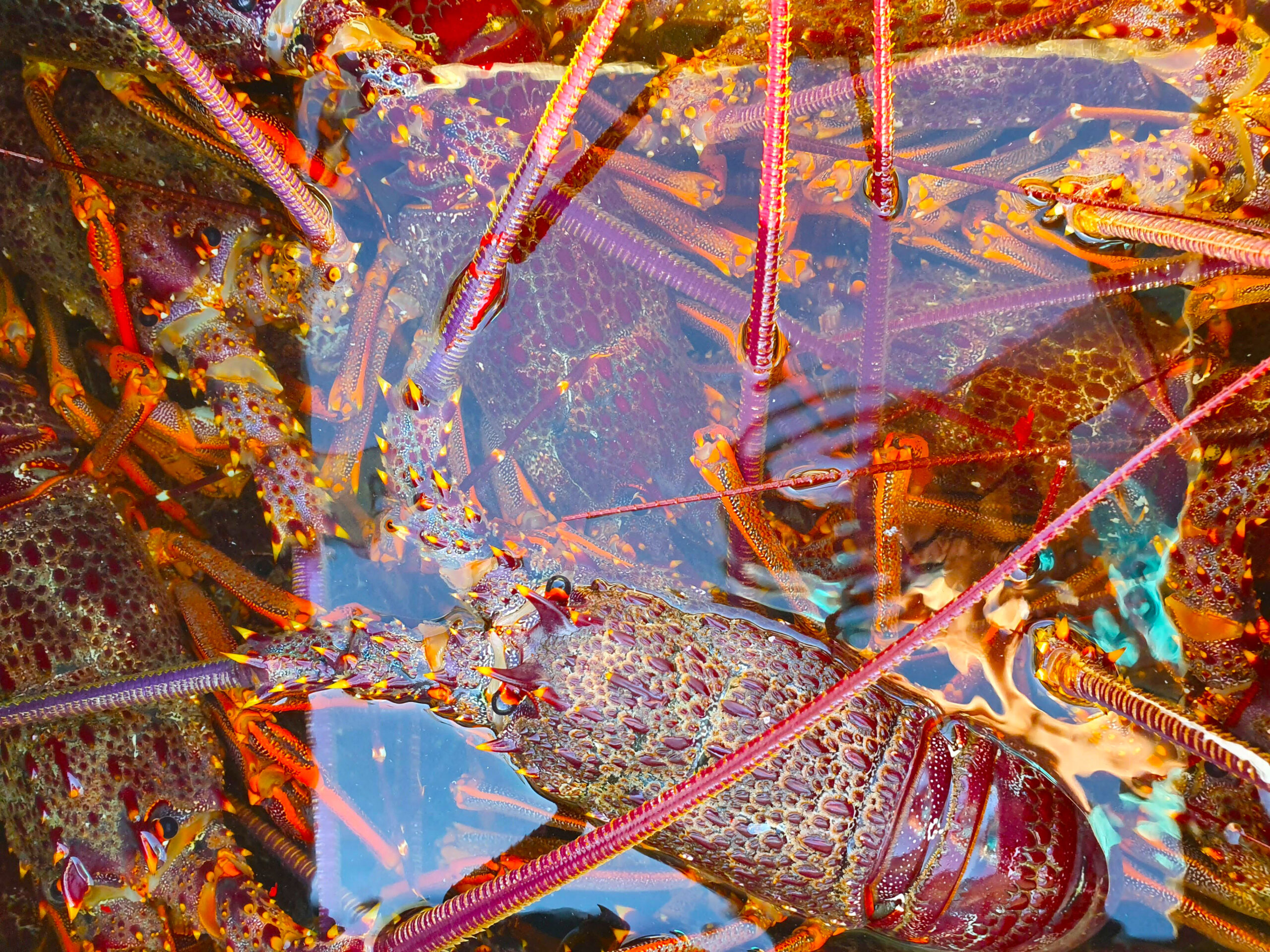
2. Onboard Handling
Lobsters are carefully removed, measured, and stored in oxygenated seawater tanks to maintain quality and reduce stress
.

3. Landing and Transport
Catch is offloaded at port or by helicopter and transported rapidly to processing facilities cool-chain logistics to maintain freshness.
.
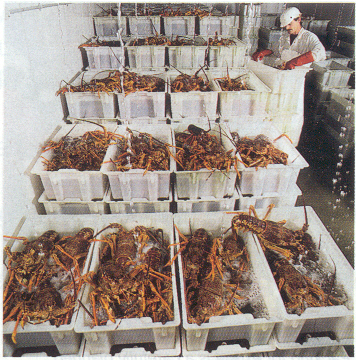
4. Processing and Quality Assurance
At export facilities, lobsters undergo health checks, grading, and preparation for live shipment under strict hygiene and biosecurity protocols.

5. Export and Market Delivery
Lobsters are primarily airfreighted live to Asia, where they command premium prices in restaurants and seafood markets.
LOBSTER FACTS
Rock lobsters have held significance in New Zealand for generations—initially for Māori, and later for both commercial and recreational fishers. Today, they sustain one of Aotearoa’s longest-standing fisheries and rank among our leading seafood exports.
Why They’re Called Lobsters — Not Crayfish
In New Zealand, many people call them crayfish or “crays,” but that’s technically not correct. Our commercial species are rock lobsters, not true crayfish.
Crayfish are freshwater animals with claws (like kōura in our rivers and streams).
Lobsters, on the other hand, are strictly marine, have long spiny bodies, and no front claws.
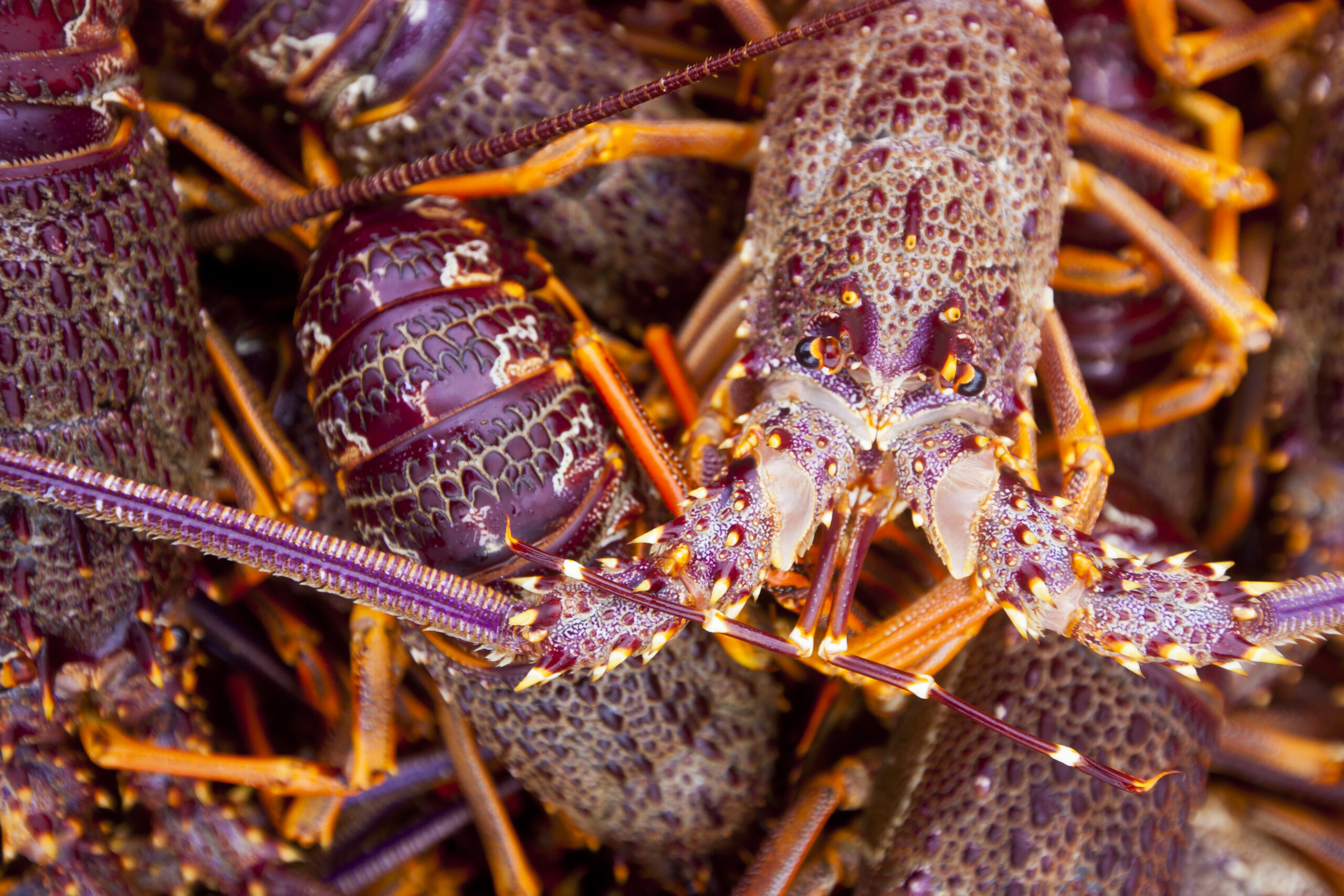
Spiny Rock Lobster
The most common species is the spiny (also known as red) rock lobster (Jasus edwardsii), found throughout the country from the Three Kings to the Auckland Islands. It has a dark red shell and can grow up to 60 cm and 8 kg.
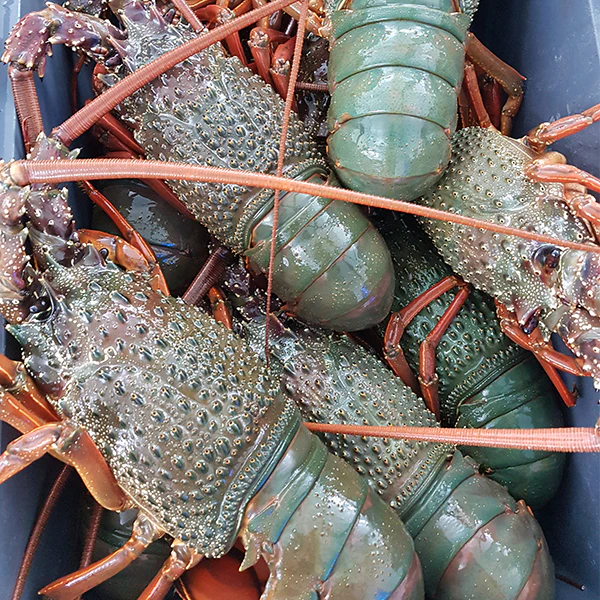
Packhorse Lobster
The packhorse lobster (Sagmariasus verreauxi) is the world’s largest rock lobster, reaching up to 20 kg. It’s green in colour and mainly found in the Far North, making up less than 1% of commercial landings.
Rare Lobsters
Two rarer species also live in our waters: the deepwater lobster (Projasus parkeri), which is apricot coloured and lives at depths of 500–900 m, and a tropical species (Panulirus sp.) found only at the Kermadec Islands.
How Lobsters Grow
Lobsters grow by moulting — they shed their old shell and form a new one. Young lobsters moult every few weeks, adults usually once a year. Growth depends on temperature, location, and food.
Breeding and Maturity
Female lobsters mature at different sizes depending on the region — warmer waters tend to produce smaller mature lobsters. Mating happens shortly after moulting, and females carry their eggs under the tail for 3–5 months.
The number of eggs varies with size:
-
A 95 mm lobster may carry 125,000 eggs
-
A large packhorse lobster can carry up to 2 million
Lobster Life Cycle
Lobsters have a long and complex lifecycle:
- Females carry fertilised eggs under their tail
- Eggs hatch into tiny larvae that drift in ocean currents for up to two years
- The larvae eventually settle on rocky reefs and grow into juveniles
- Lobsters reach adulthood after about 4–5 years

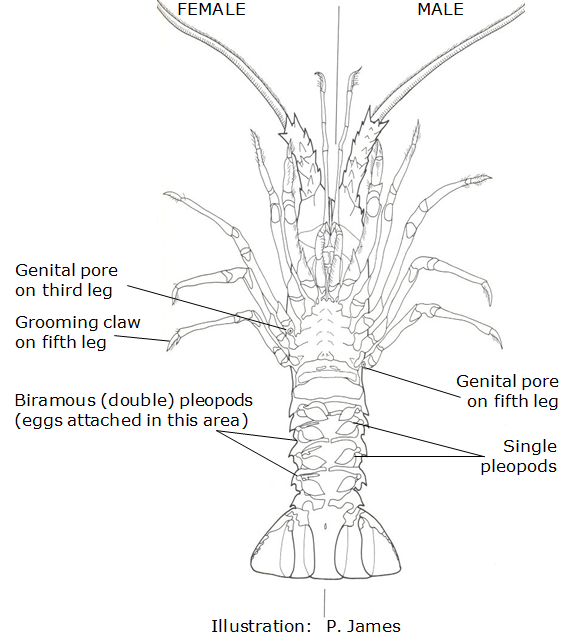
Anatomy of a Rock Lobster
Rock lobsters might look simple, but they’re built for survival in the ocean. Here’s a quick guide to how their bodies work:
On the Outside
-
Antennae and antennules help lobsters detect food, danger, and other lobsters. They’re like feelers and sensors combined.
-
Carapace is the hard outer shell that protects vital organs, a bit like a suit of armour.
-
Legs and tail fan are used for walking on the seafloor, swimming backwards quickly, and (in females) carrying and caring for eggs.
On the Inside
-
Gills are under the shell and let lobsters breathe underwater.
-
Heart and digestive system keep the lobster moving and fed.
-
Gonads produce eggs or sperm for reproduction.
-
Hepatopancreas is a digestive organ that helps break down food and absorb nutrients — similar to a liver and pancreas combined.
Every part of a lobster’s body plays a role in helping it survive in rocky coastal habitats, find food, escape predators, and reproduce successfully.
Where They Live and Move
Lobsters prefer reef habitats close to shore. Most spiny rock lobsters stay within a few kilometres of where they were born, although in southern areas some travel long distances. Immature females are more likely to migrate.
Packhorse lobsters move from North Cape to Cape Reinga to breed. Juveniles may migrate northward again as they mature.
What They Eat
Lobsters are nocturnal feeders. They eat crabs, shellfish, kina and starfish, using their strong legs and mouthparts to crush and consume their prey.

